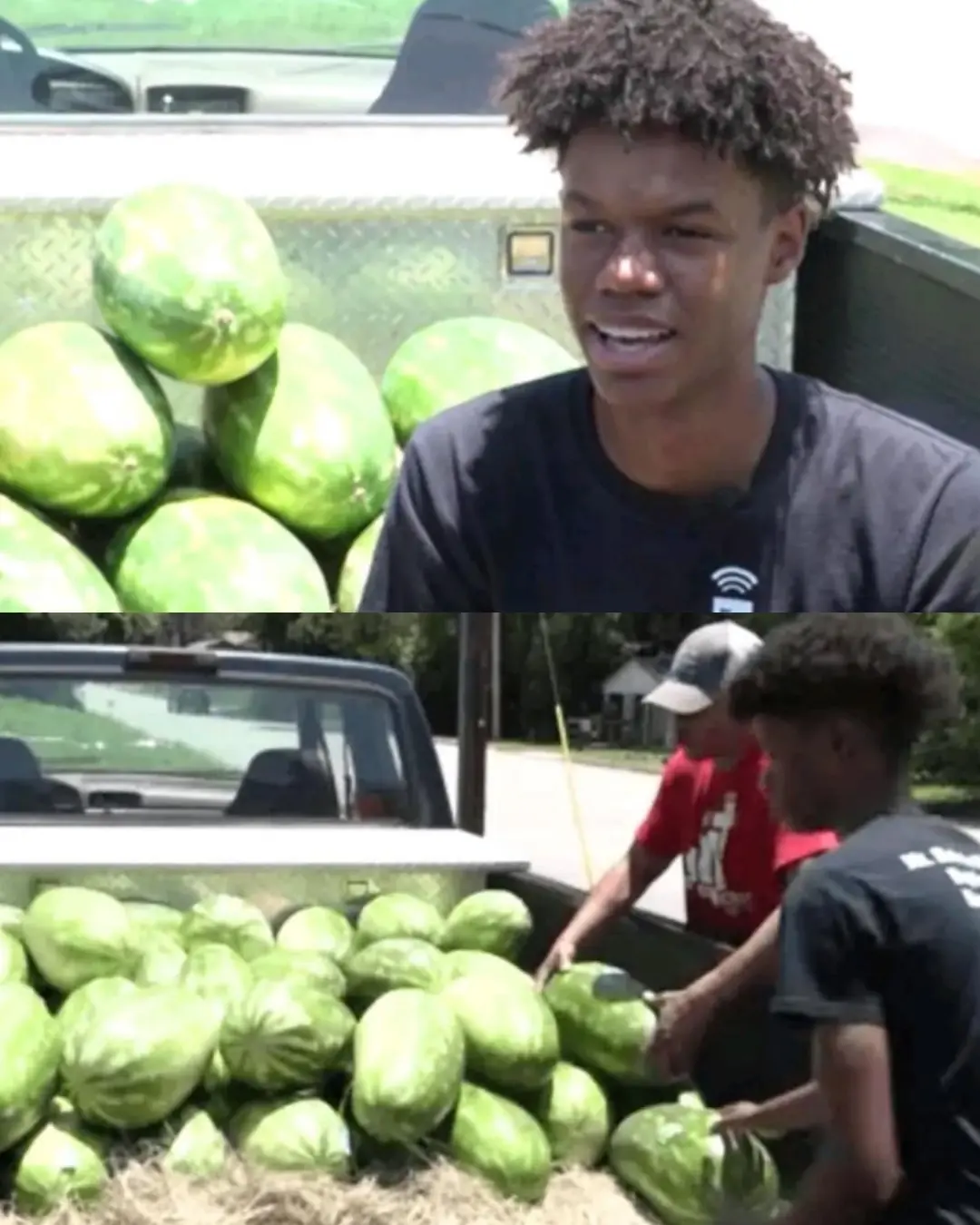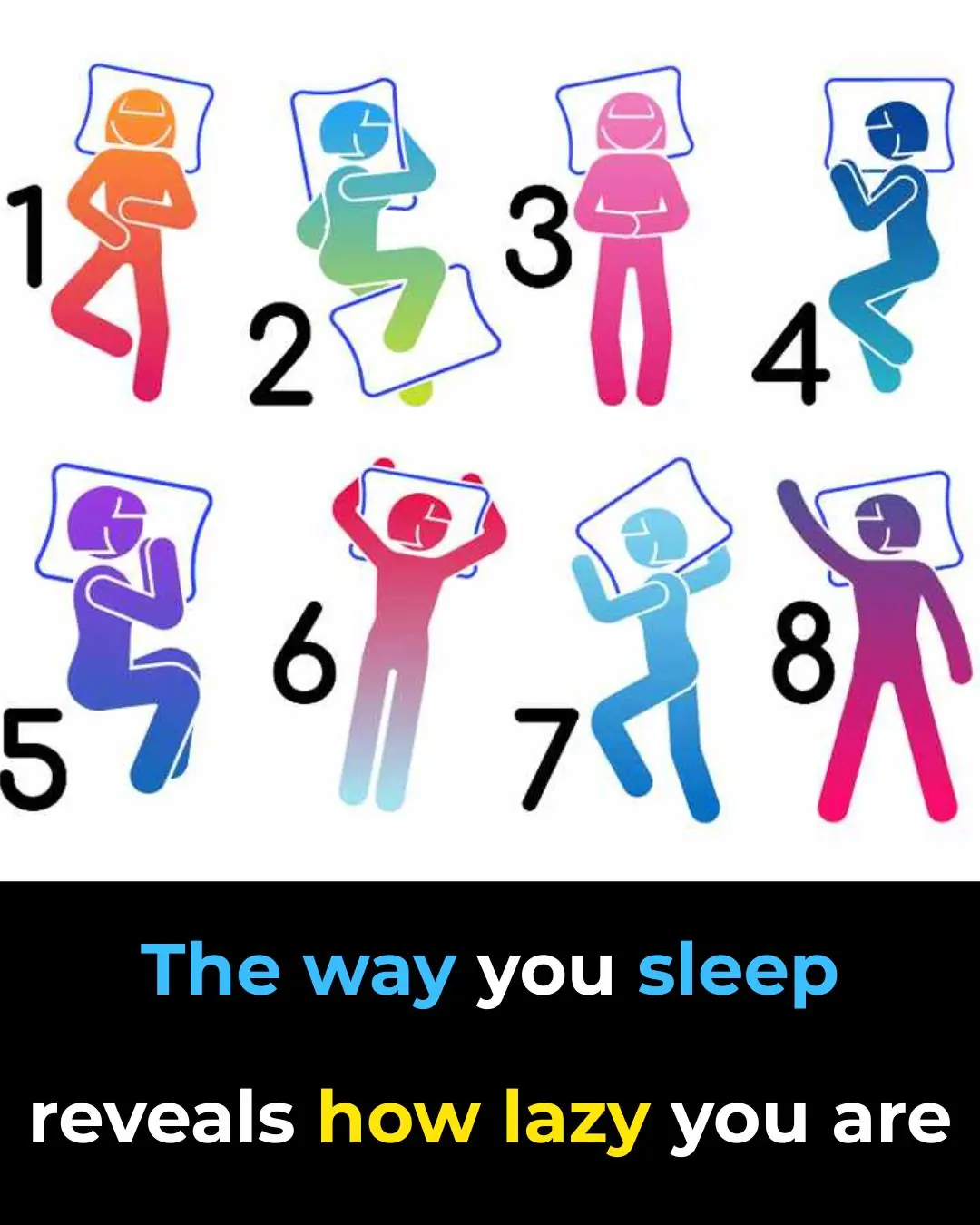
If you rub these 2 points behind your knees, this is the effect on your body
Rubbing the two points behind your knees is a simple acupressure/massage technique that people use to relieve pain, reduce swelling, improve circulation, and calm the nervous system.
Where the points are and what they are called
The points people commonly rub are located in the popliteal crease — the hollow behind each knee. In traditional acupuncture/acupressure they correspond roughly to:
-
BL40 (Weizhong) — center of the back of the knee crease
-
nearby points around the popliteal fossa and along the hamstring tendons
These are easy to find by bending the knee slightly and feeling the soft hollow behind the kneecap.

Why rubbing these points can help — detailed explanation
1. Improves local circulation
Rubbing stimulates small blood vessels and lymphatic channels in the popliteal area. Increased circulation helps clear metabolic waste and fluid (lymph), which can reduce swelling in the lower leg and speed tissue recovery after exercise.
2. Soothes muscle tension and cramps
The back of the knee is a junction for muscles and tendons (hamstrings, calf muscles). Massage there relaxes surrounding muscle fibers and reduces nerve irritation that causes cramps or tightness.
3. Activates nerve reflexes
Gentle but firm pressure stimulates sensory nerves that send signals to the spinal cord and brain. This can:
-
trigger release of endorphins (natural painkillers),
-
modulate the autonomic nervous system (promoting relaxation and lowering pain perception), and
-
interrupt pain signaling pathways (gate-control theory).
4. Helps lymphatic drainage
Because lymphatic vessels run through the popliteal area, rhythmic rubbing supports lymph flow away from the leg — helpful for mild edema after standing or travel.
5. Calms the nervous system
Slow, repetitive pressure combined with deep breathing can reduce sympathetic activity (stress response), lowering heart rate and promoting relaxation and sleep.
How to do it — step-by-step (safe and effective)
-
Position: Sit comfortably with the knee slightly bent (foot flat or supported).
-
Warm up: Rub your hands together to warm them. A warm compress for 1–2 minutes helps.
-
Locate the hollow:
Find the soft depression behind the knee (popliteal fossa). -
Apply pressure: Use the thumbs or base of the palms. Press gently at first, then increase to a comfortable firm pressure (not painful).
-
Movement: Use small circular motions or slow up-and-down strokes across the hollow for 1–3 minutes per knee. For deeper effect you can hold firm steady pressure for 20–30 seconds, then release.
-
Breathe: Inhale slowly through the nose and exhale through the mouth in a relaxed rhythm while massaging.
-
Finish: Lightly stroke down the calf toward the ankle to help move fluid away from the knee.
Frequency: 1–2 times daily for prevention; up to 3–4 times daily for short-term relief after heavy exercise. Sessions can be 2–5 minutes per knee.
Safety and precautions
-
Don’t press hard
if you feel sharp pain, numbness, or tingling — reduce pressure or stop. -
Avoid massaging if you have: known deep vein thrombosis (DVT), severe varicose vein inflammation, open wounds, recent knee surgery, skin infection, or uncontrolled bleeding disorders. If you have risk factors for DVT (swollen, hot, painful leg), seek medical attention rather than massaging.
-
If pregnant, check with a healthcare provider before performing any pressure-point work.
Other methods that produce similar or complementary benefits
Mechanical / physical approaches
-
Calf and hamstring stretches to reduce muscle tightness and improve venous return.
-
Ankle pumps / calf raises (repeated plantarflexion/dorsiflexion) to activate the calf muscle pump and push blood back toward the heart.
-
Compression stockings for people with chronic swelling or varicose veins — they reduce fluid pooling.
-
Contrast showers (alternate warm and cool water on legs) to stimulate circulation.
-
Elevation of the legs above heart level for 15–20 minutes to reduce swelling.
Manual therapies
-
Deep tissue or lymphatic massage
by a trained therapist to clear persistent edema. -
Acupuncture at validated points (including BL40) for chronic pain or circulation problems.
Lifestyle and long-term measures
-
Regular aerobic exercise (walking, cycling, swimming) to strengthen the calf pump and overall circulation.
-
Maintain healthy weight, stay hydrated, and avoid long periods of immobility (stand and walk every hour).
-
Dietary support: reduce excess salt to lower fluid retention; eat anti-inflammatory foods (omega-3 rich fish, leafy greens).
-
Quit smoking and manage blood pressure and blood sugar for vascular health.
Rubbing the two points behind your knees can be a simple, effective self-care tool to reduce leg tension, improve circulation and lymph drainage, ease cramps, and promote relaxation — provided you use gentle, regular pressure and follow safety precautions. For persistent swelling, pain, or sudden changes in a leg (warmth, severe swelling, redness), see a healthcare professional promptly.
News in the same category

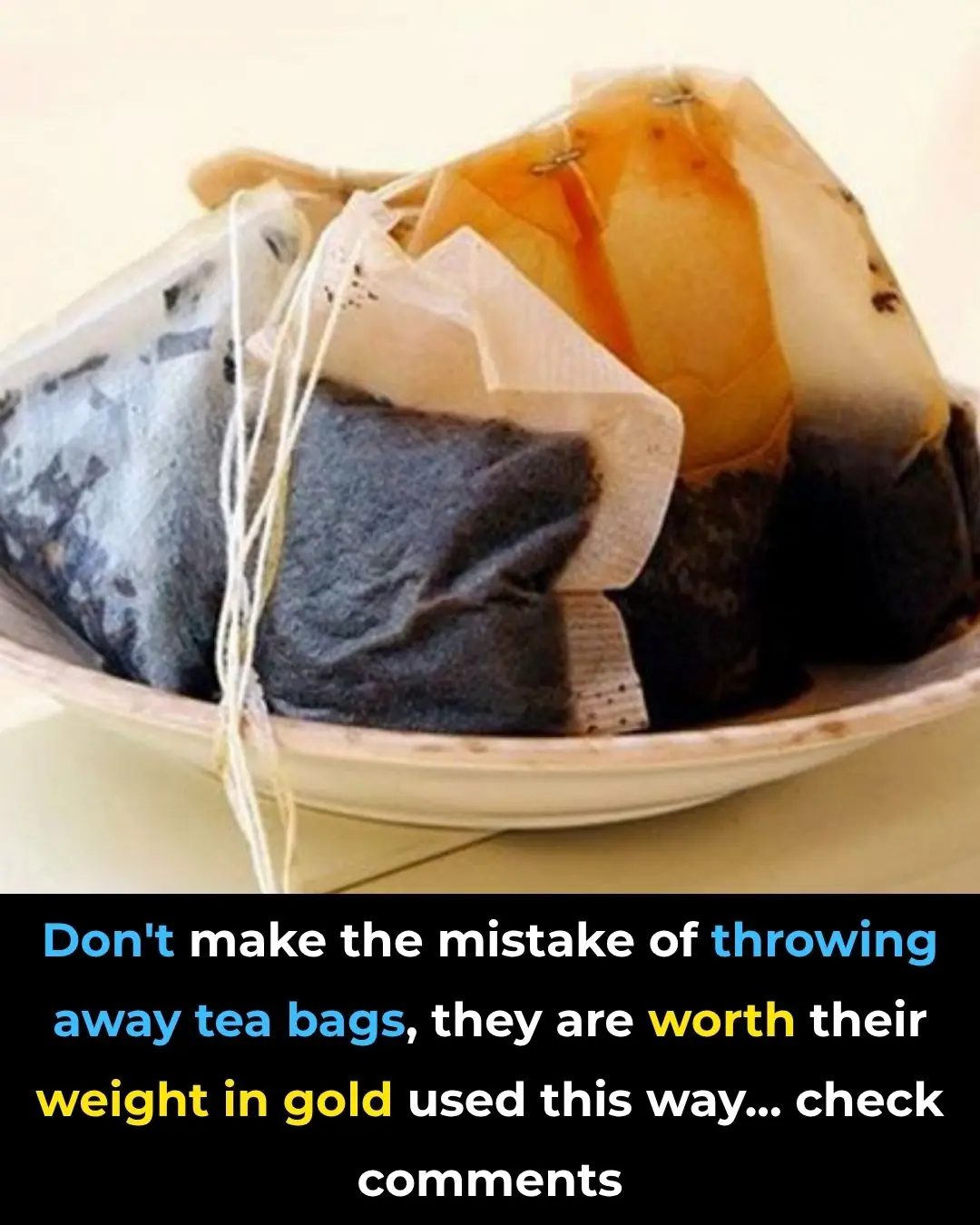
7 Clever DIY Uses for Used Teabags That Will Make You Think Twice Before Tossing Them
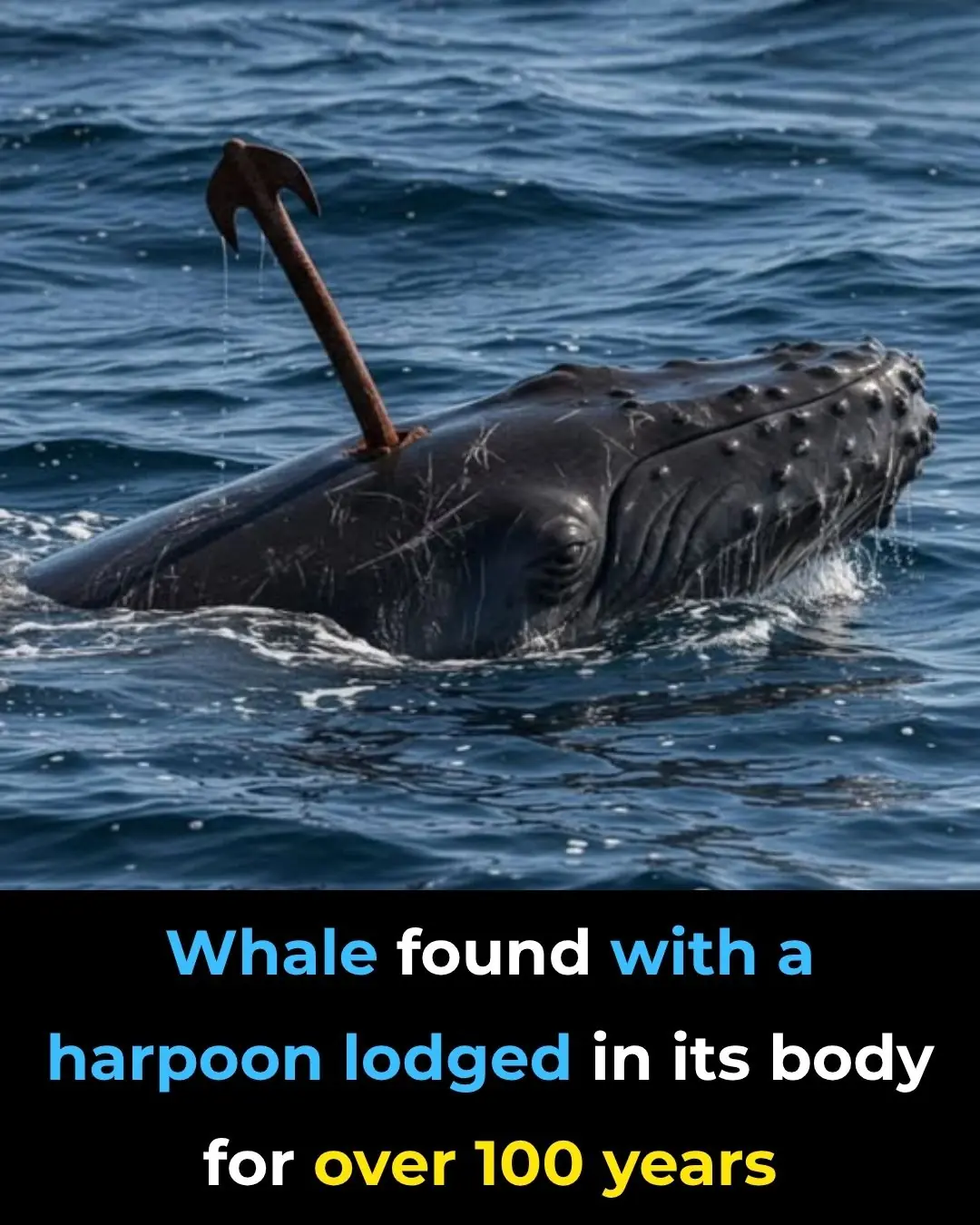
The Whale That Carried History In Its Neck For Over 100 Years
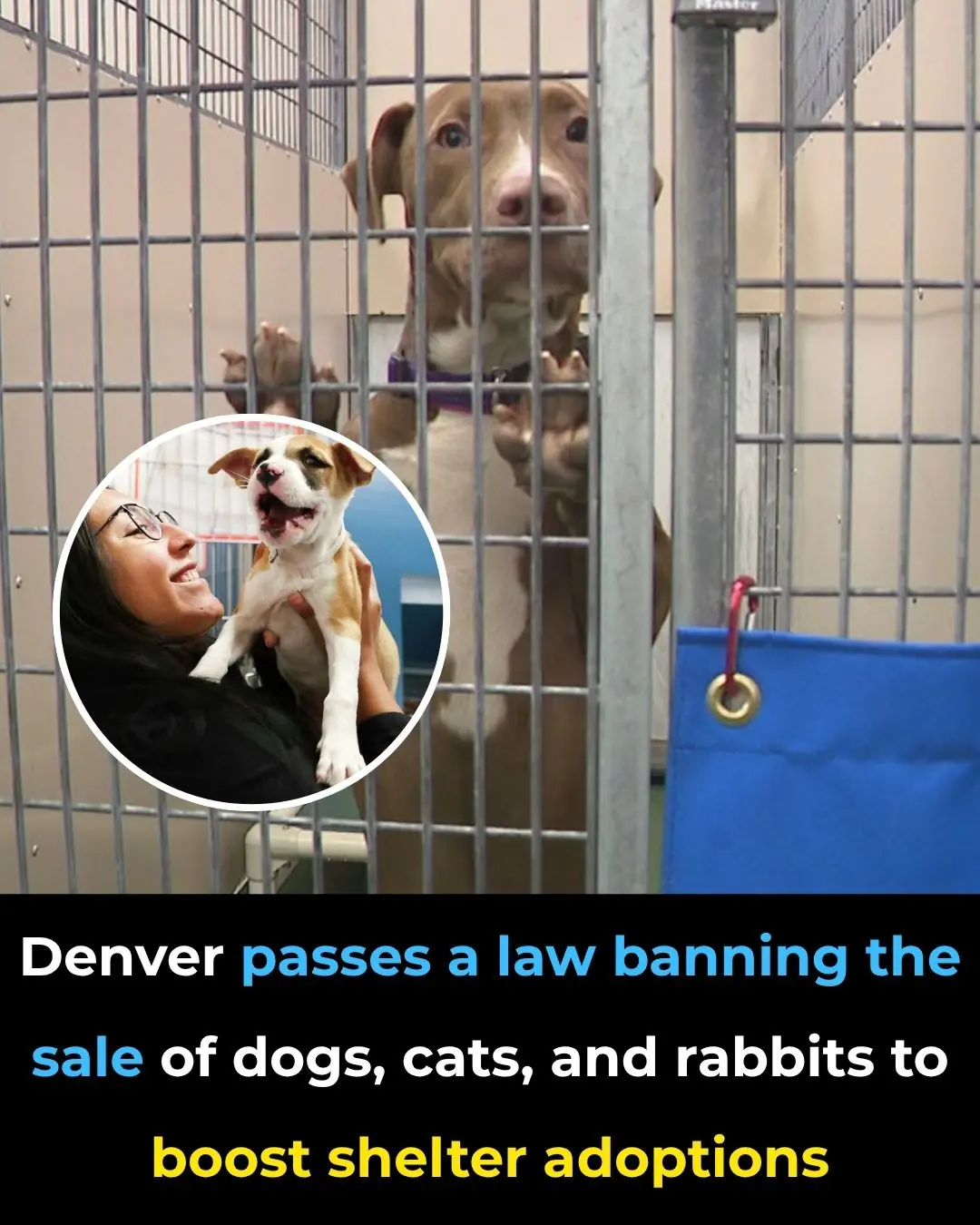
Denver Bans the Sale of Dogs, Cats, and Rabbits, Paving the Way for More Shelter Adoptions
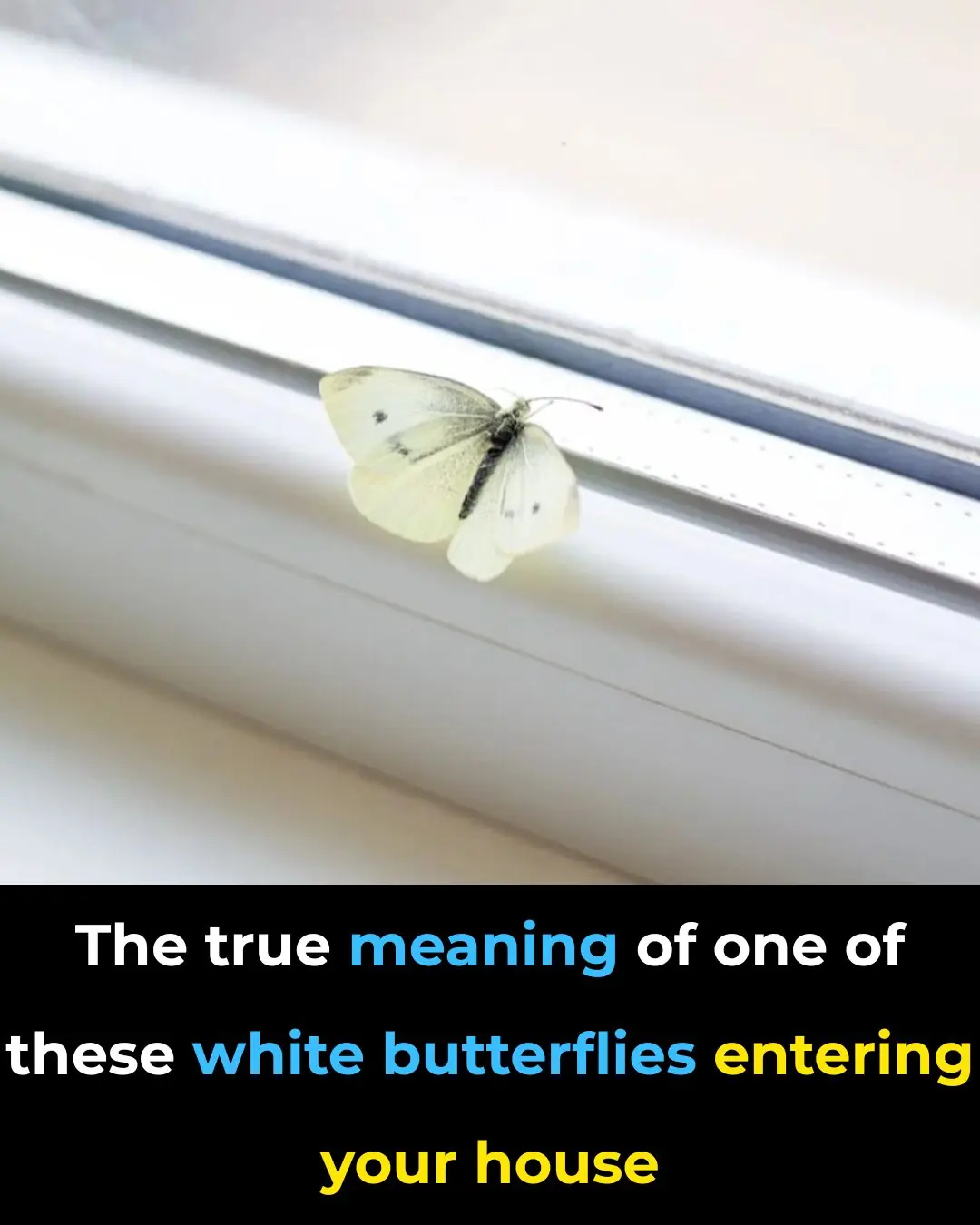
Its true meaning you probably don't know
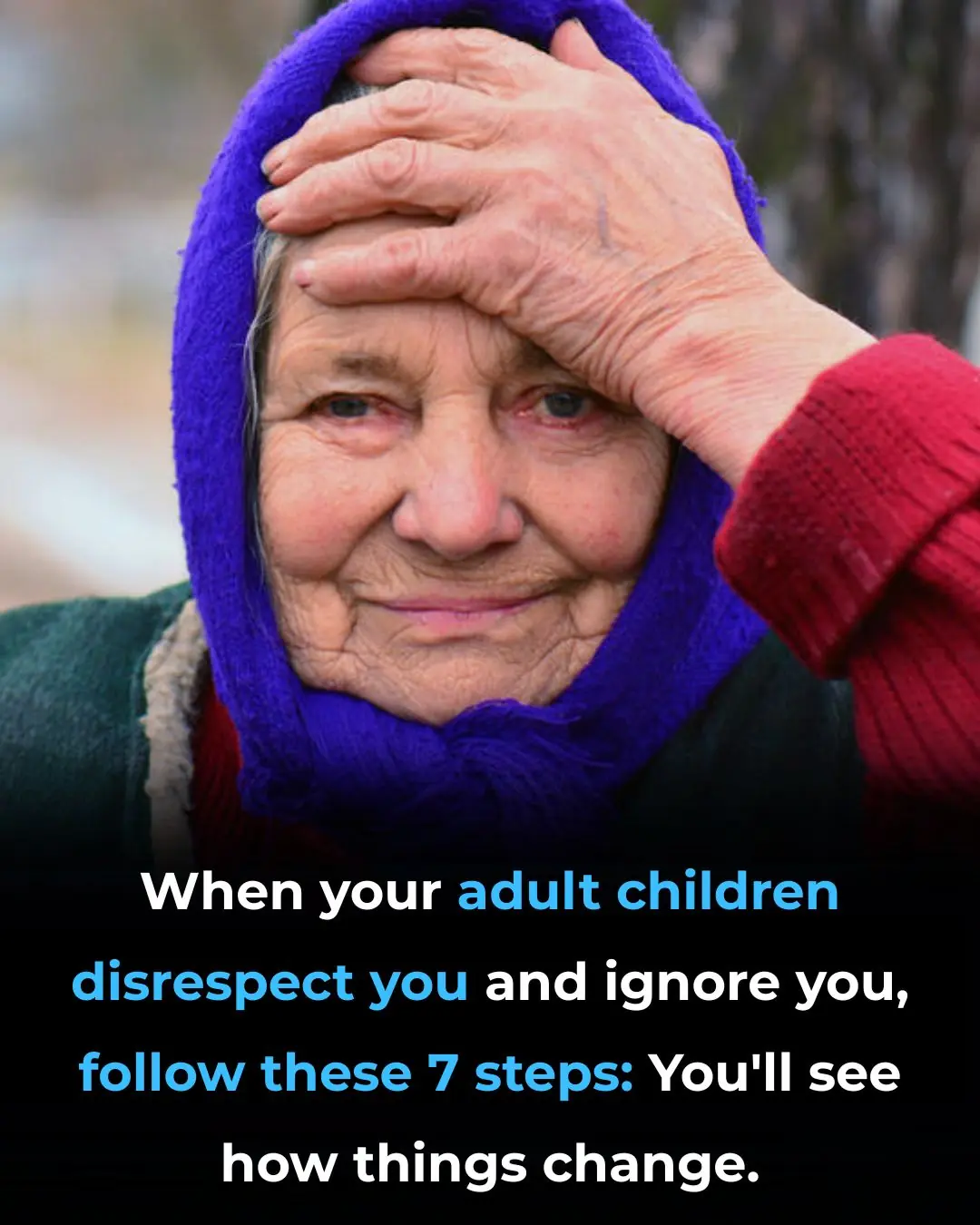
Steps to Take When Your Adult Children No Longer Show Respect
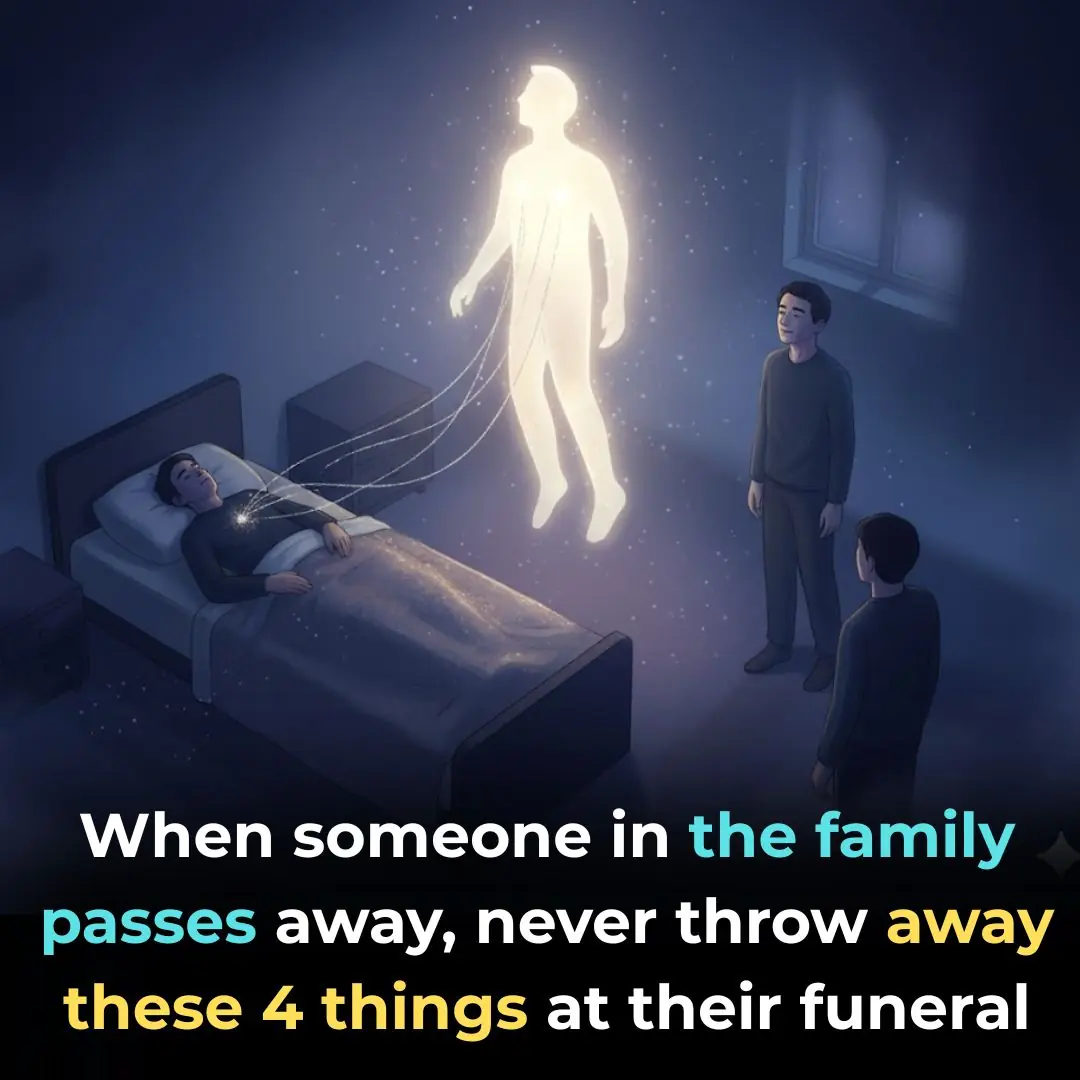
Never Throw Away These 4 Things at Their Funeral..
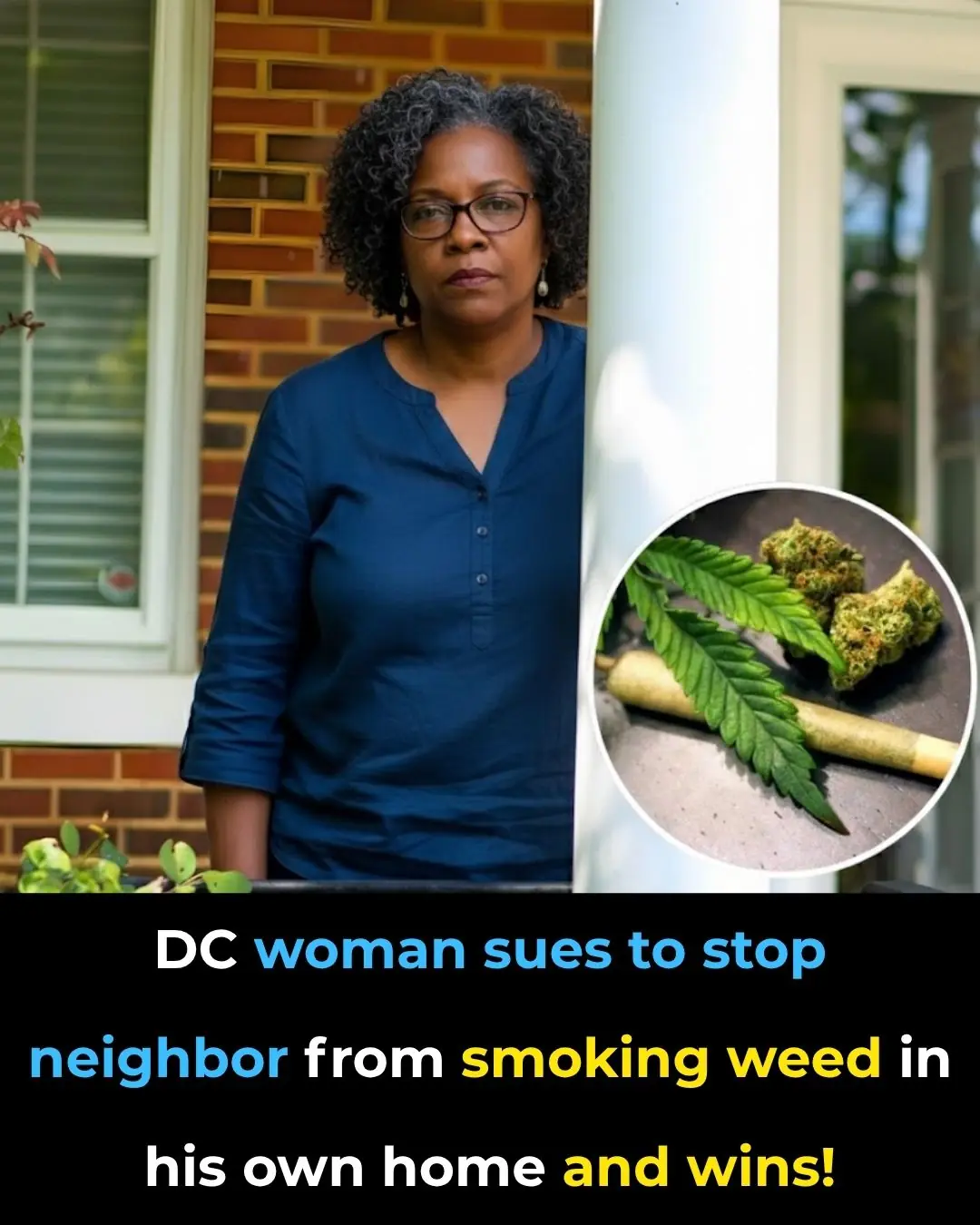
DC Woman Wins Landmark Case After Suing Neighbor Over Overpowering Weed Smell

Bill Gates–Backed Beyond Meat Faces Collapse After Massive Stock Drop

According To This Psychologist, A Dirty Car Can Reveal A Lot About Your Personality
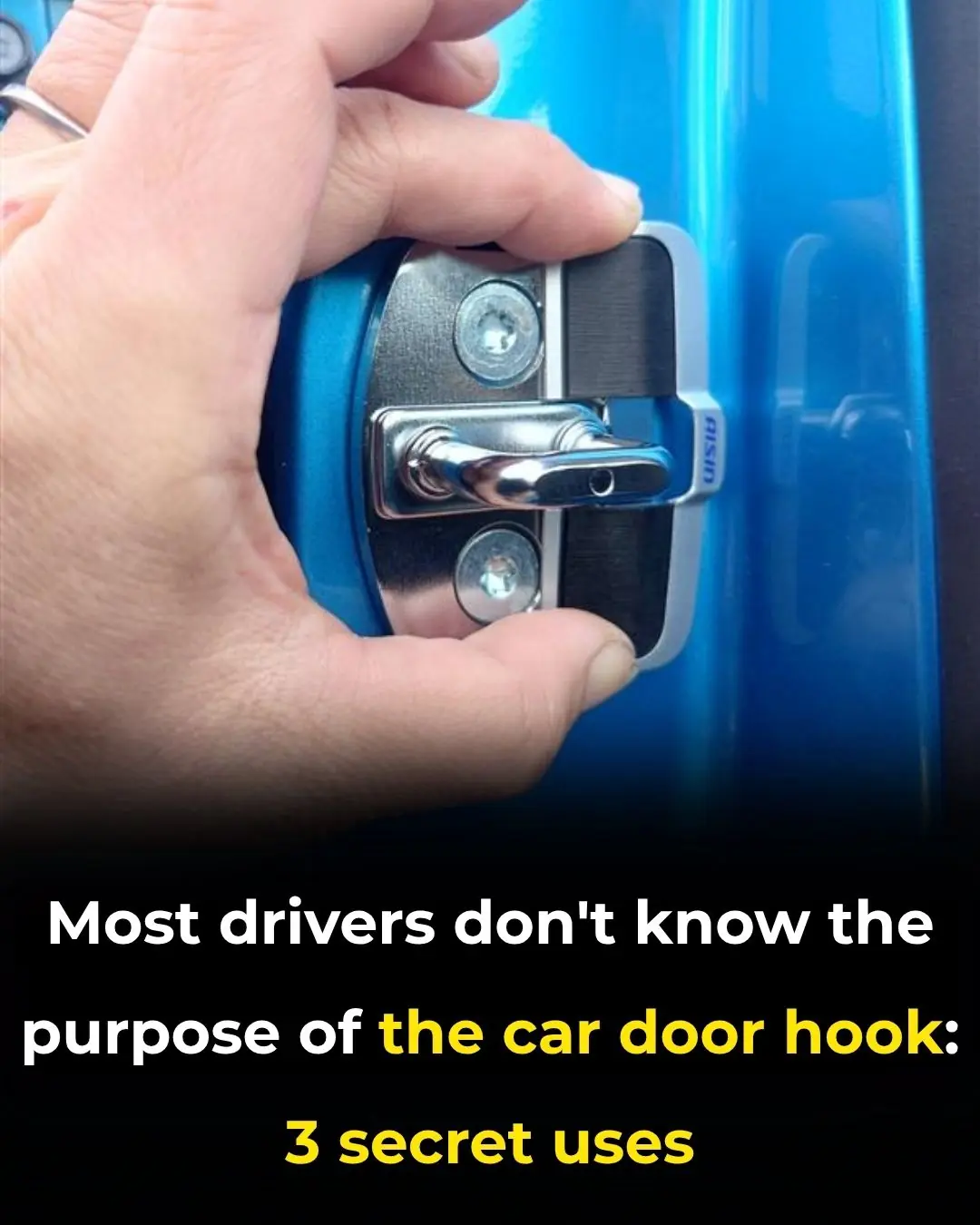
Most drivers don't know the purpose of the car door hook
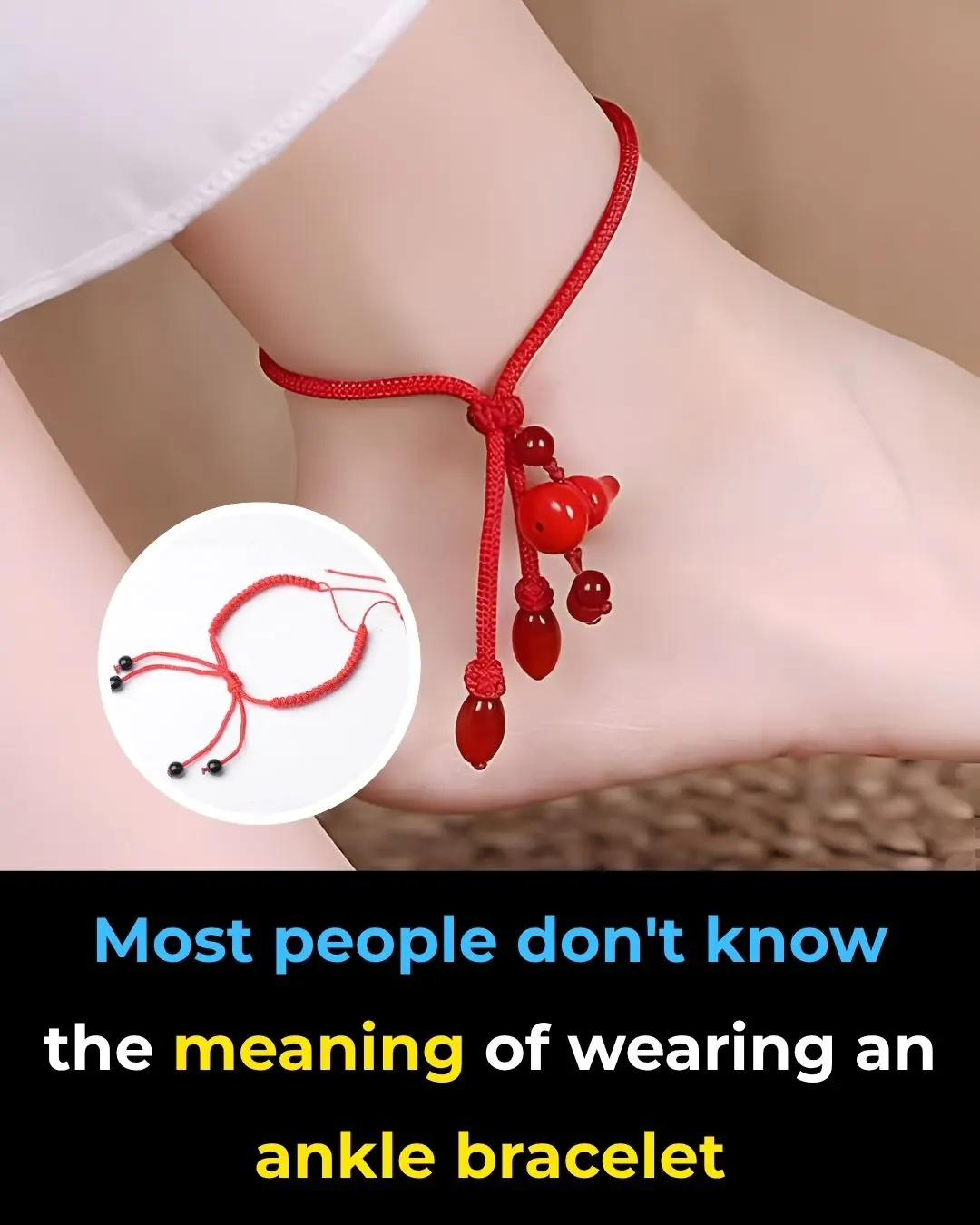
Most people don't know the meaning of wearing an ankle bracelet
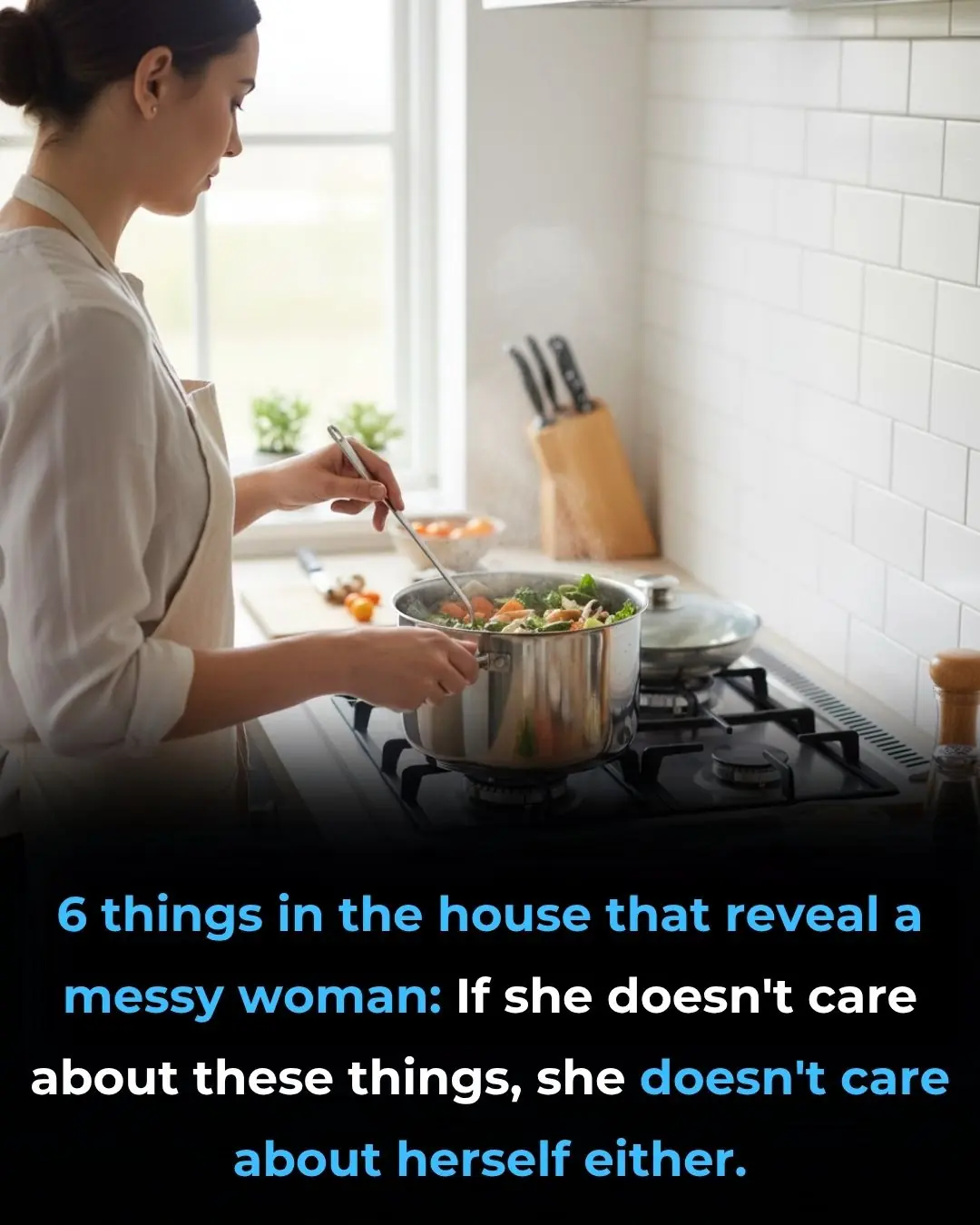
What Clutter and Neglect Might Be Saying
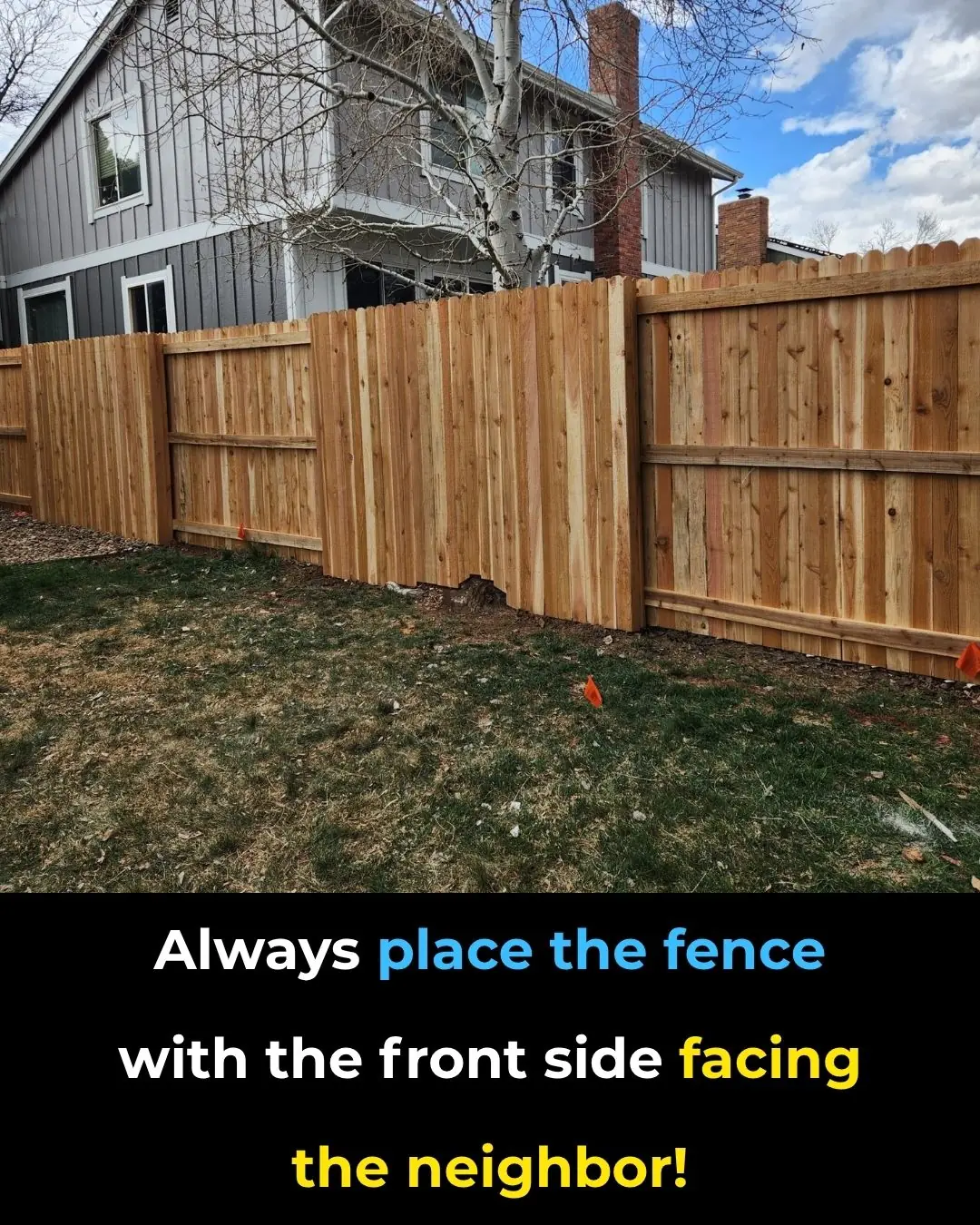
Why the “Good Side” of Your Fence Should Face Your Neighbor
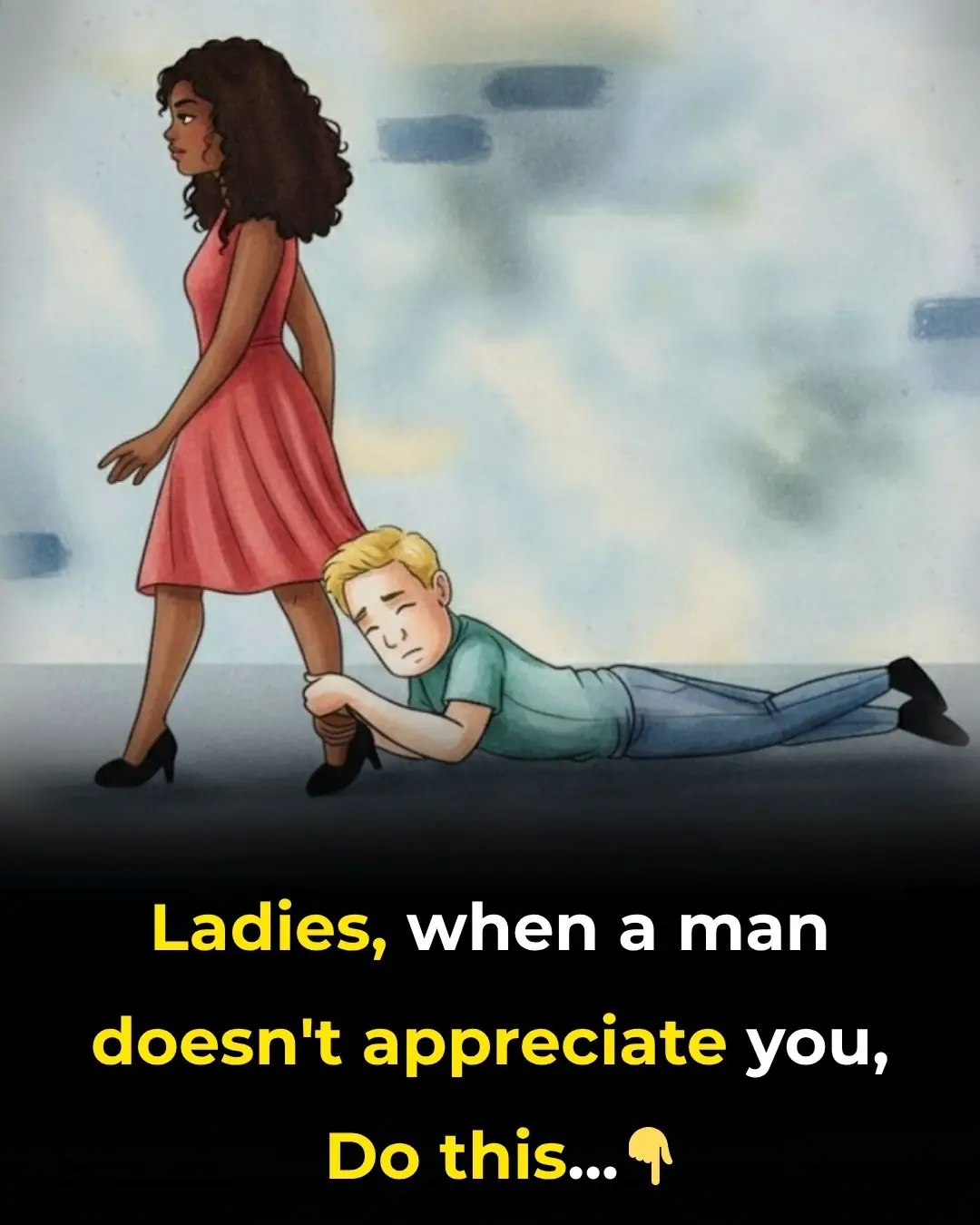
If a Man Doesn’t Appreciate You, Here’s What You Should Do

Baba Vanga’s List Of Predictions For The Next 75 Years Revealed And They’re Seriously Terrifying
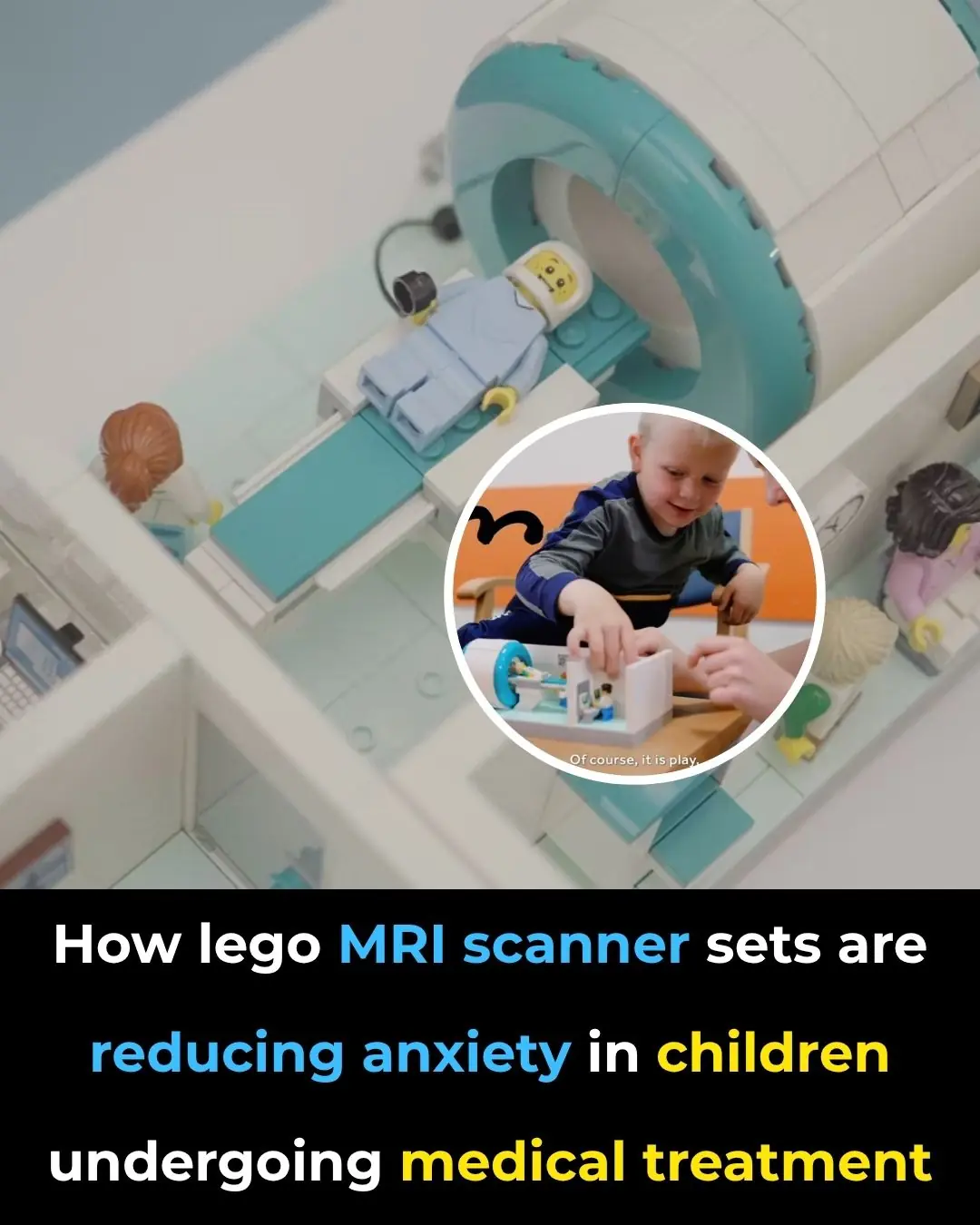
LEGO Builds Confidence in Young Patients Facing MRI Scans
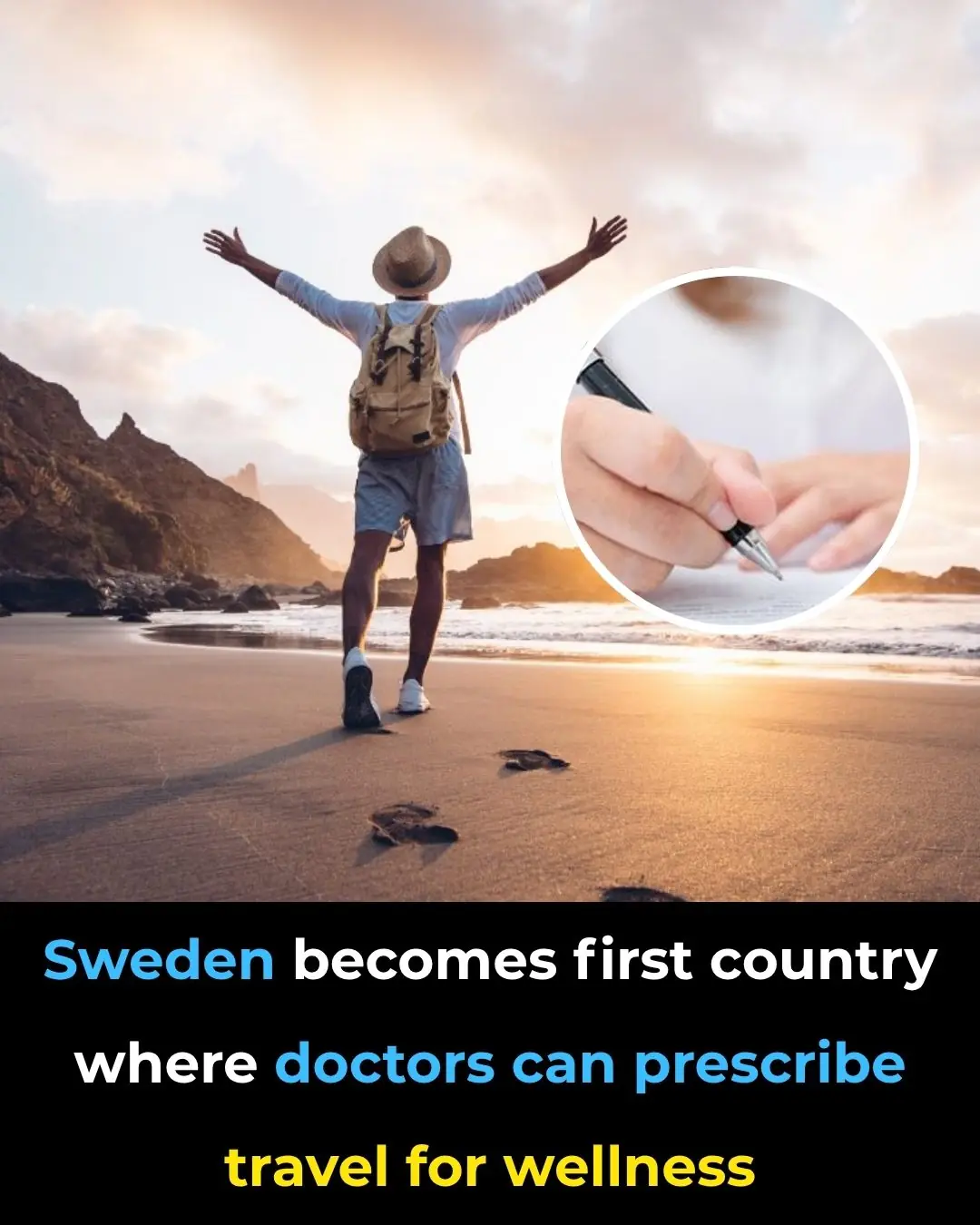
Sweden Becomes the First Nation to Turn Travel Into Medicine — Doctors Can Now ‘Prescribe’ a Trip for Wellness
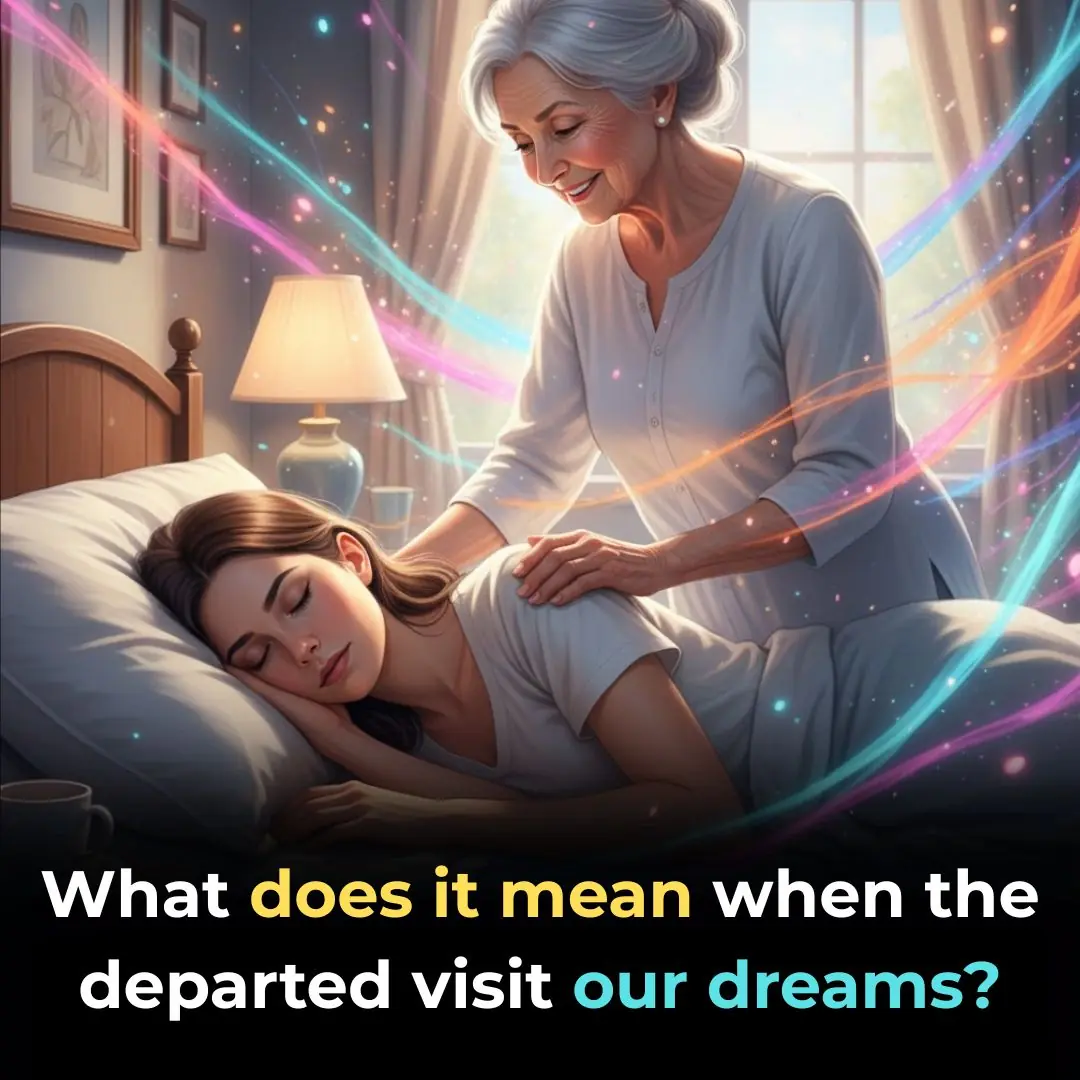
What Does It Mean When the Departed Visit Our Dreams?
News Post
Fighting for Wojtek: A 14-Year-Old’s Battle Against Cancer
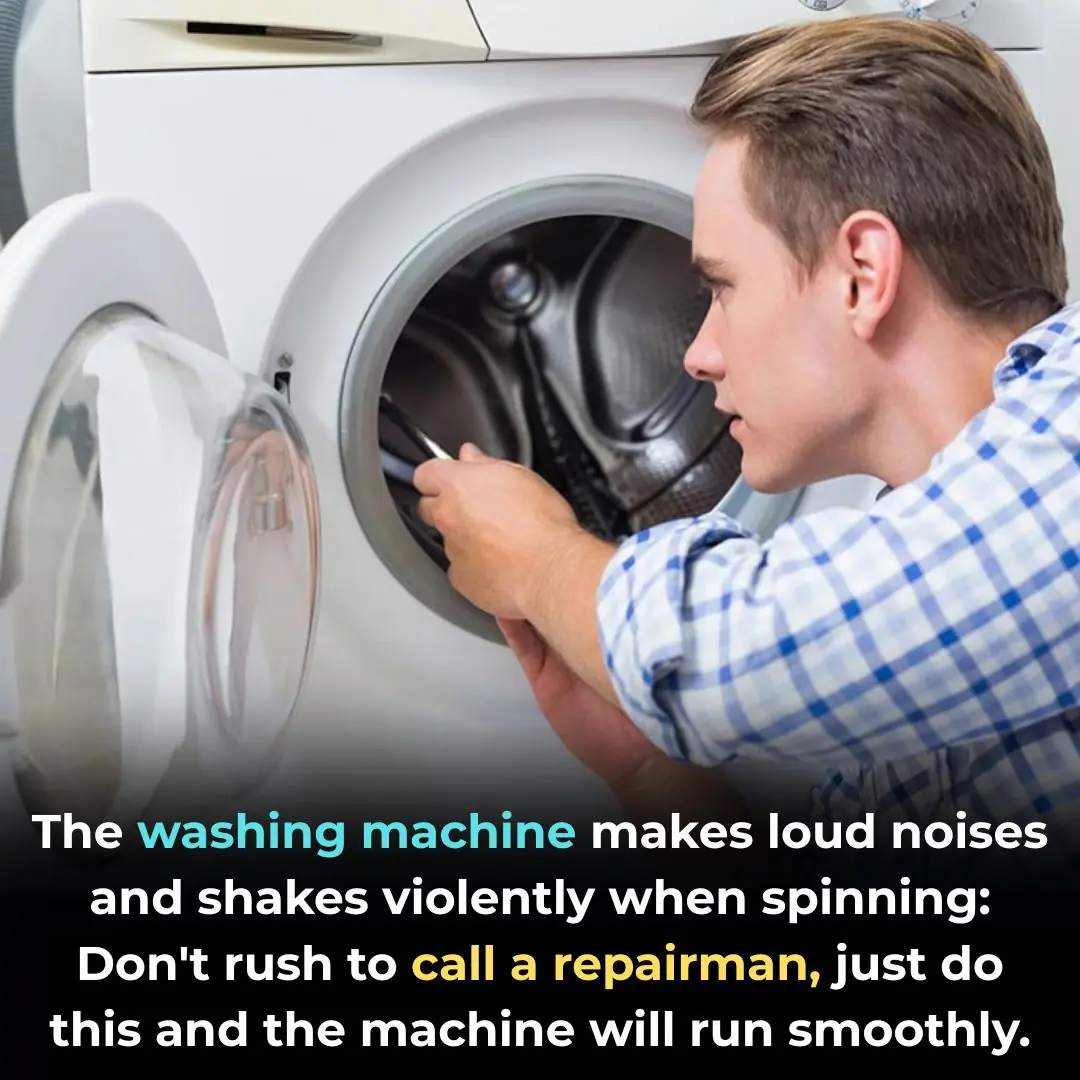
The washing machine makes loud noises and shakes violently when spinning: Don't rush to call a repairman, just do this and the machine will run smoothly.
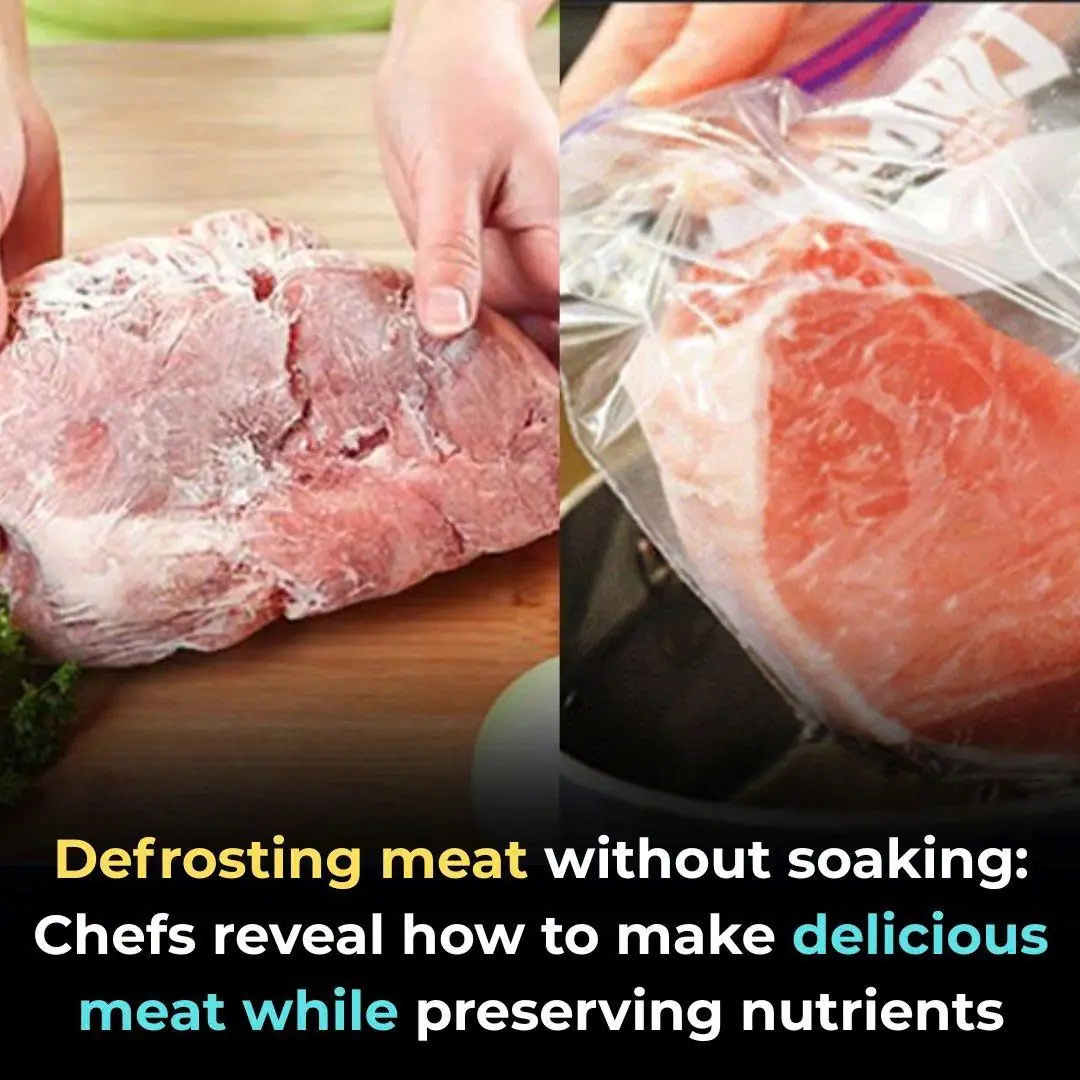
Defrosting meat without soaking: Chefs reveal how to make delicious meat while preserving nutrients
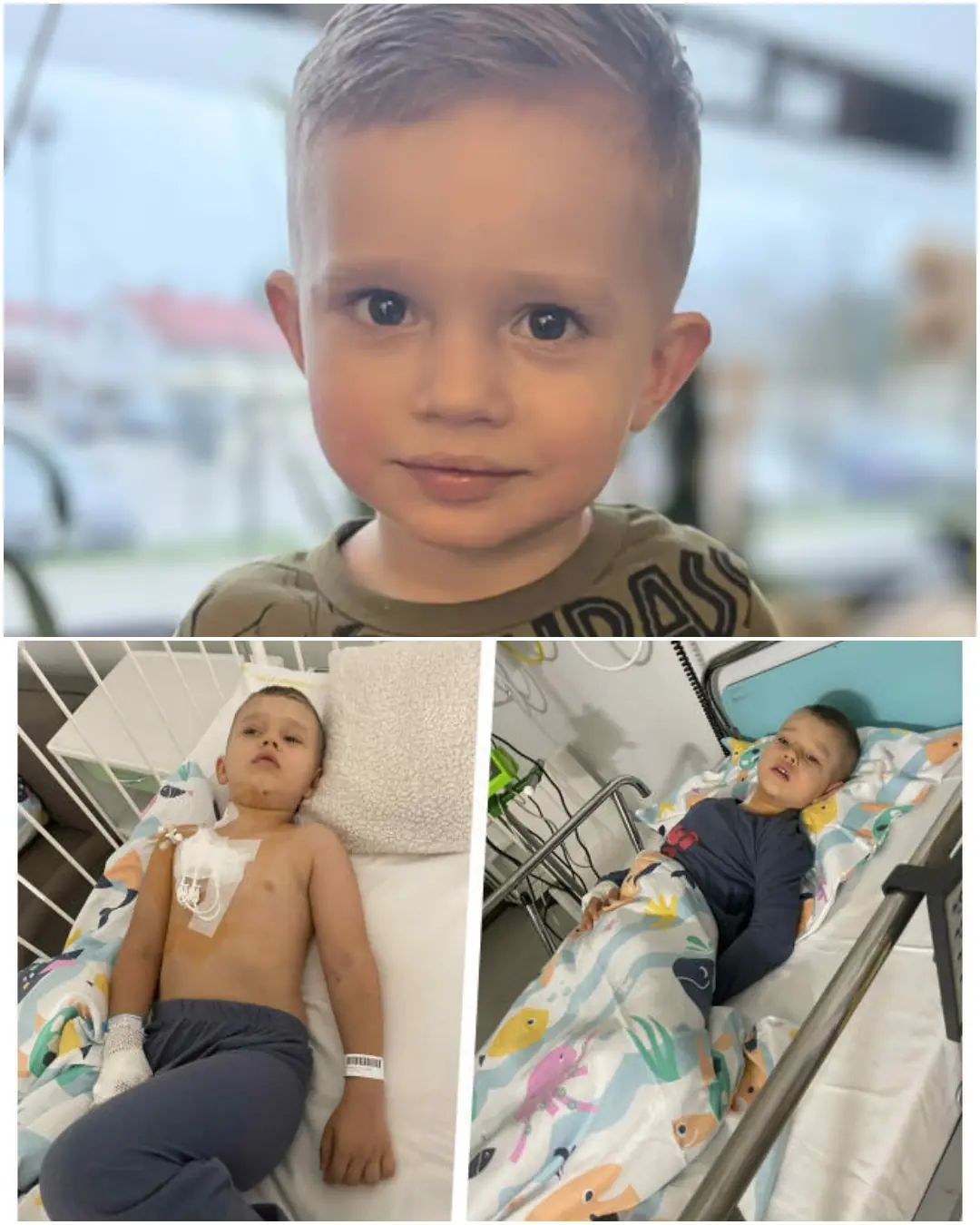
“Hope Dies Last”: Parents Plead to Save Their 5-Year-Old Son With ALD
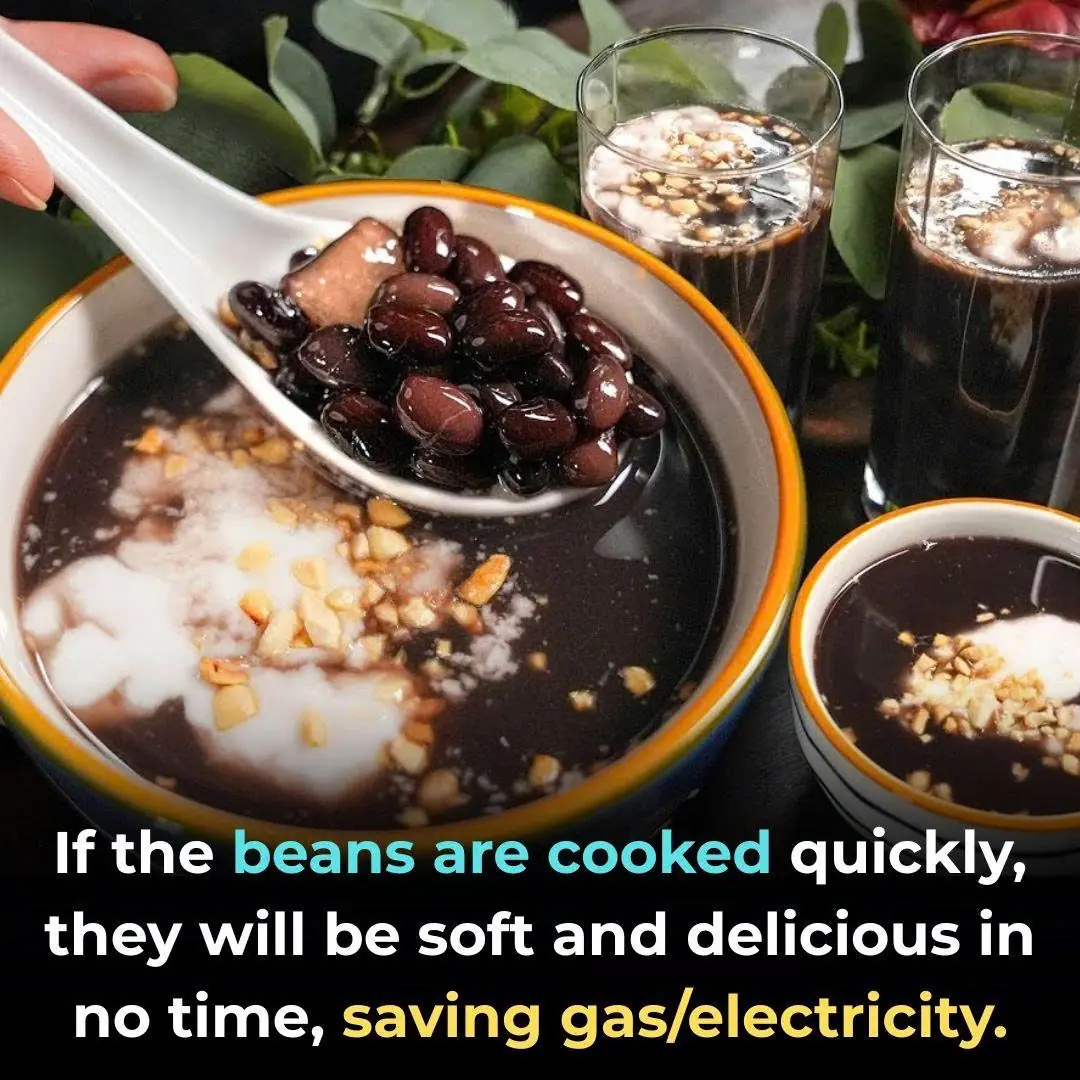
If the beans are cooked quickly, they will be soft and delicious in no time, saving gas/electricity.
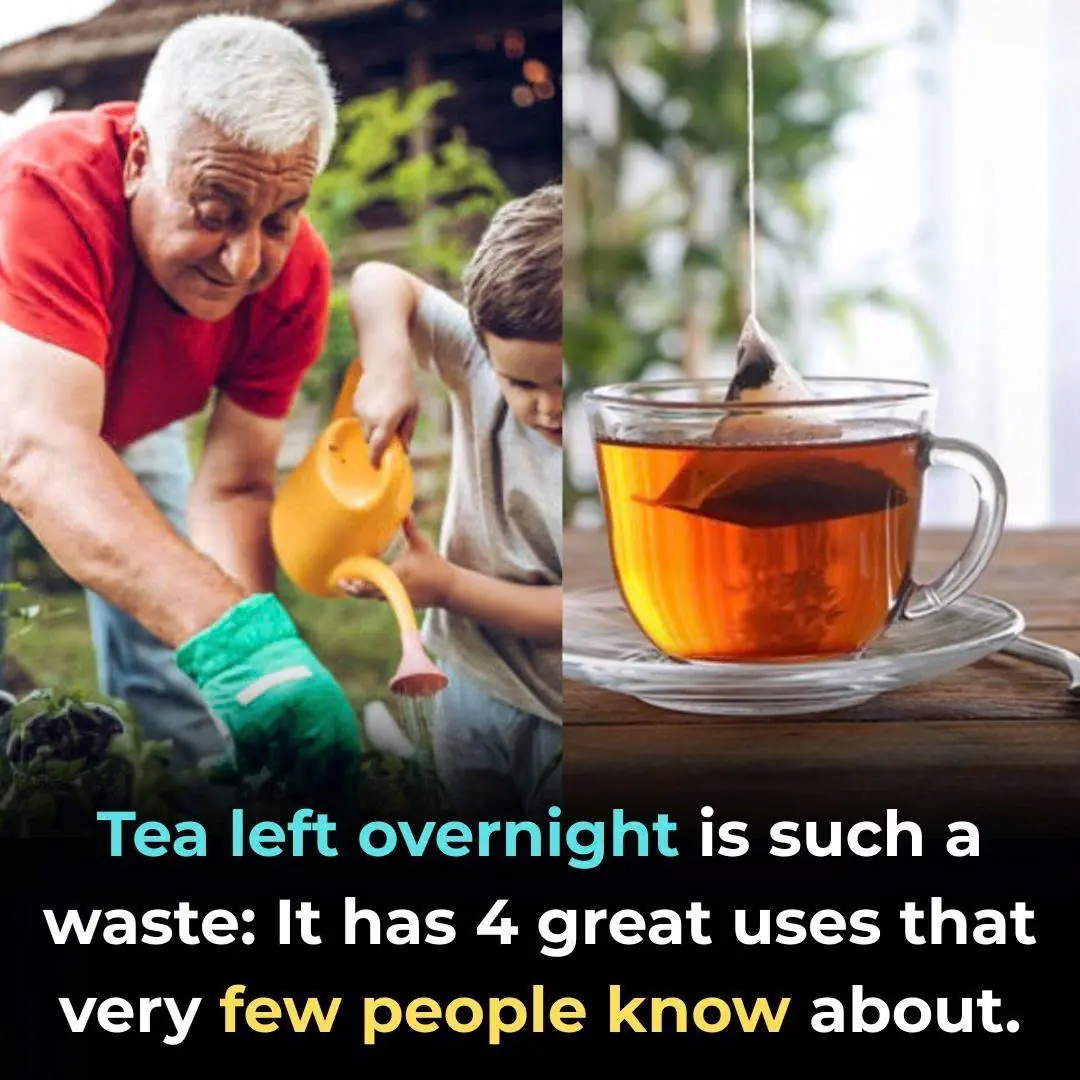
Tea left overnight is such a waste: It has 4 great uses that very few people know about.
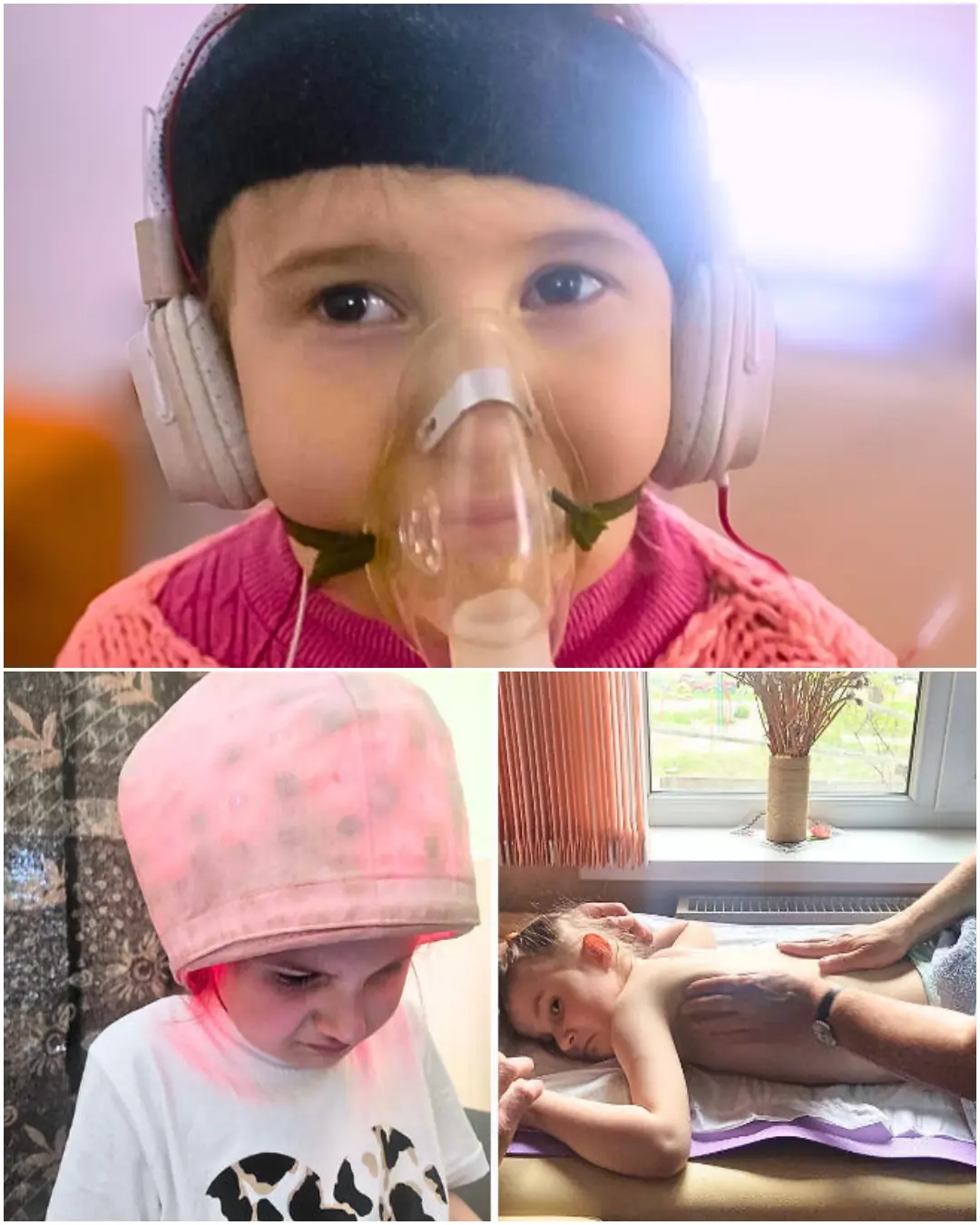
Fighting for Melania: A Childhood Stolen by Pain
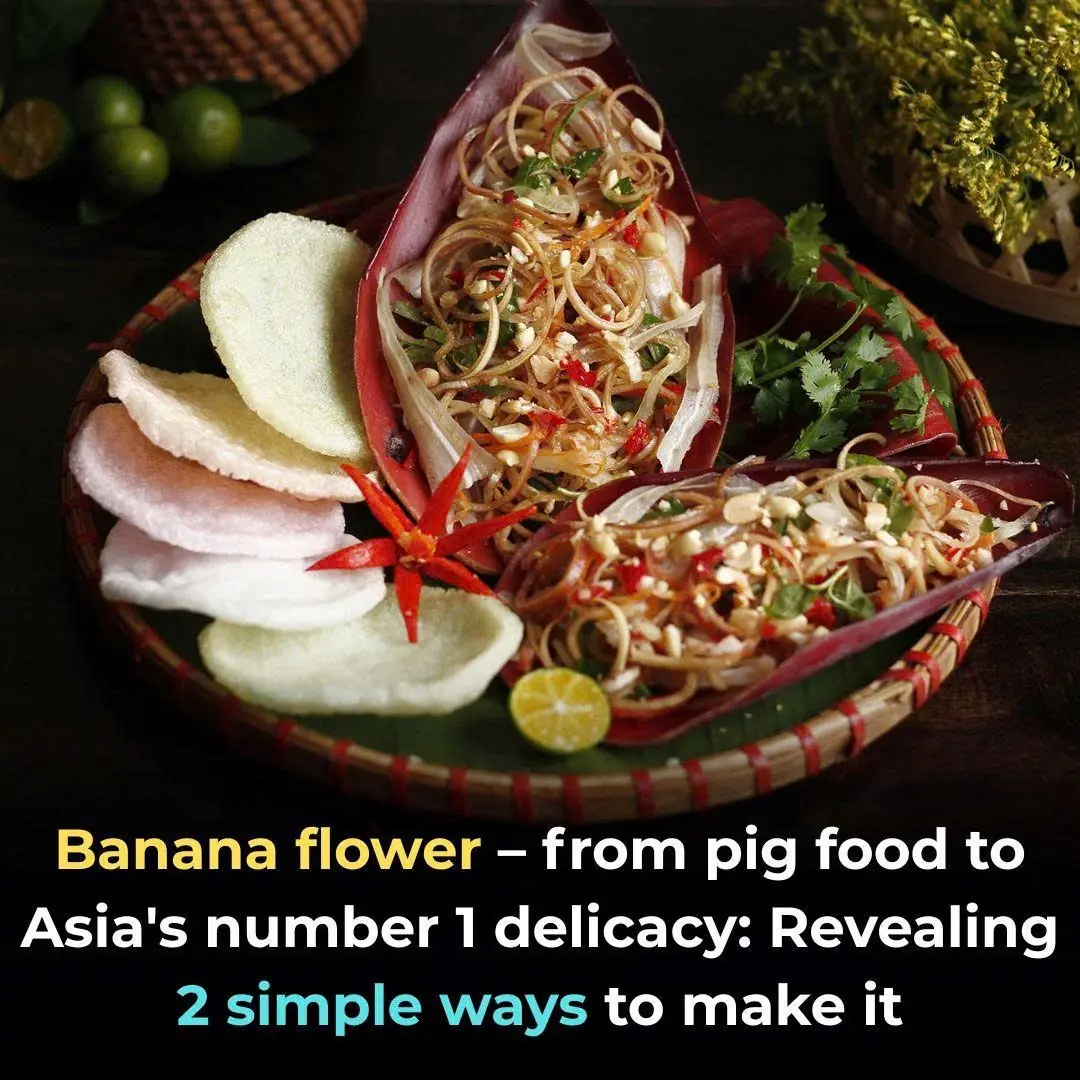
Banana flower – from pig food to Asia's number 1 delicacy: Revealing 2 simple ways to make it
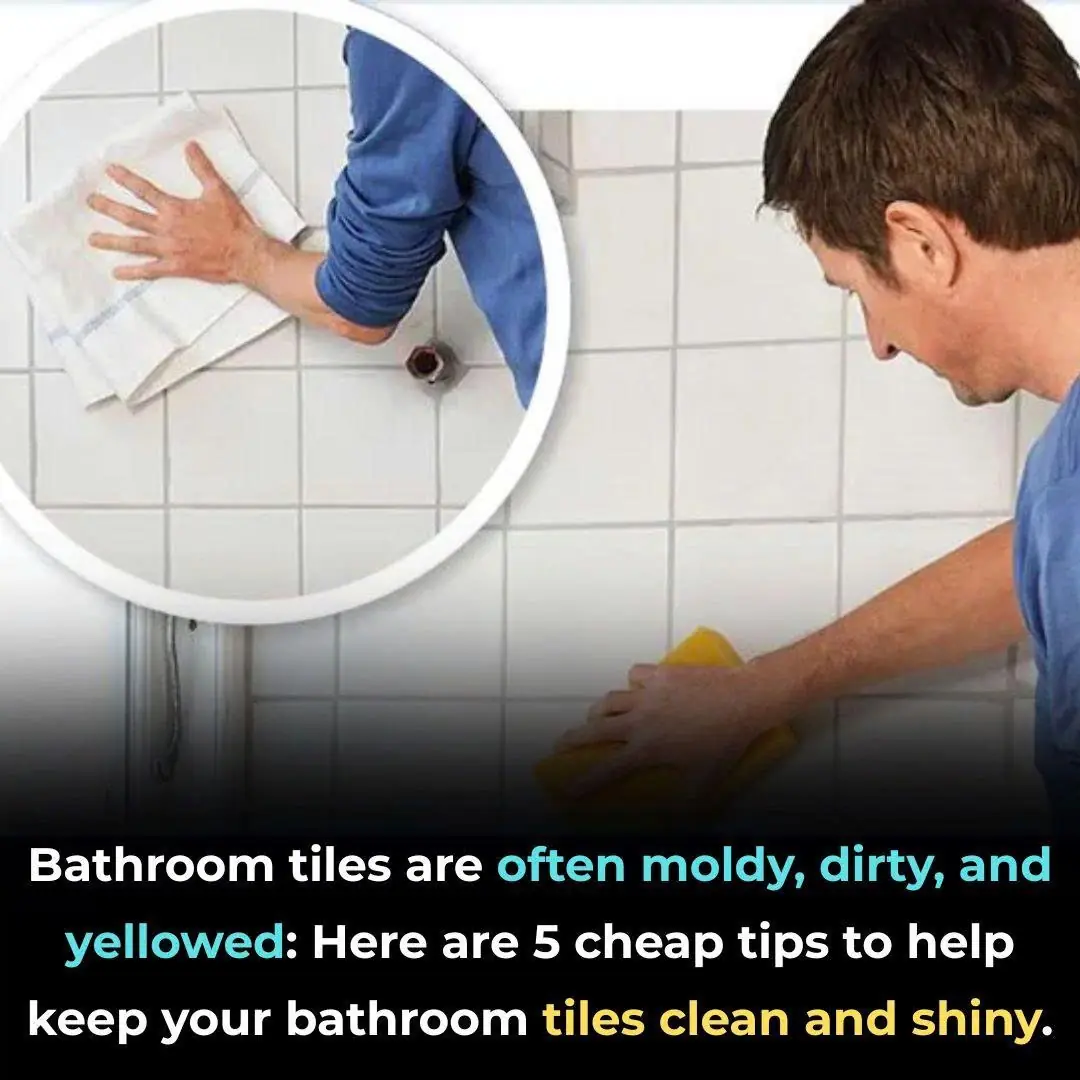
Bathroom tiles are often moldy, dirty, and yellowed: Here are 5 cheap tips to help keep your bathroom tiles clean and shiny.
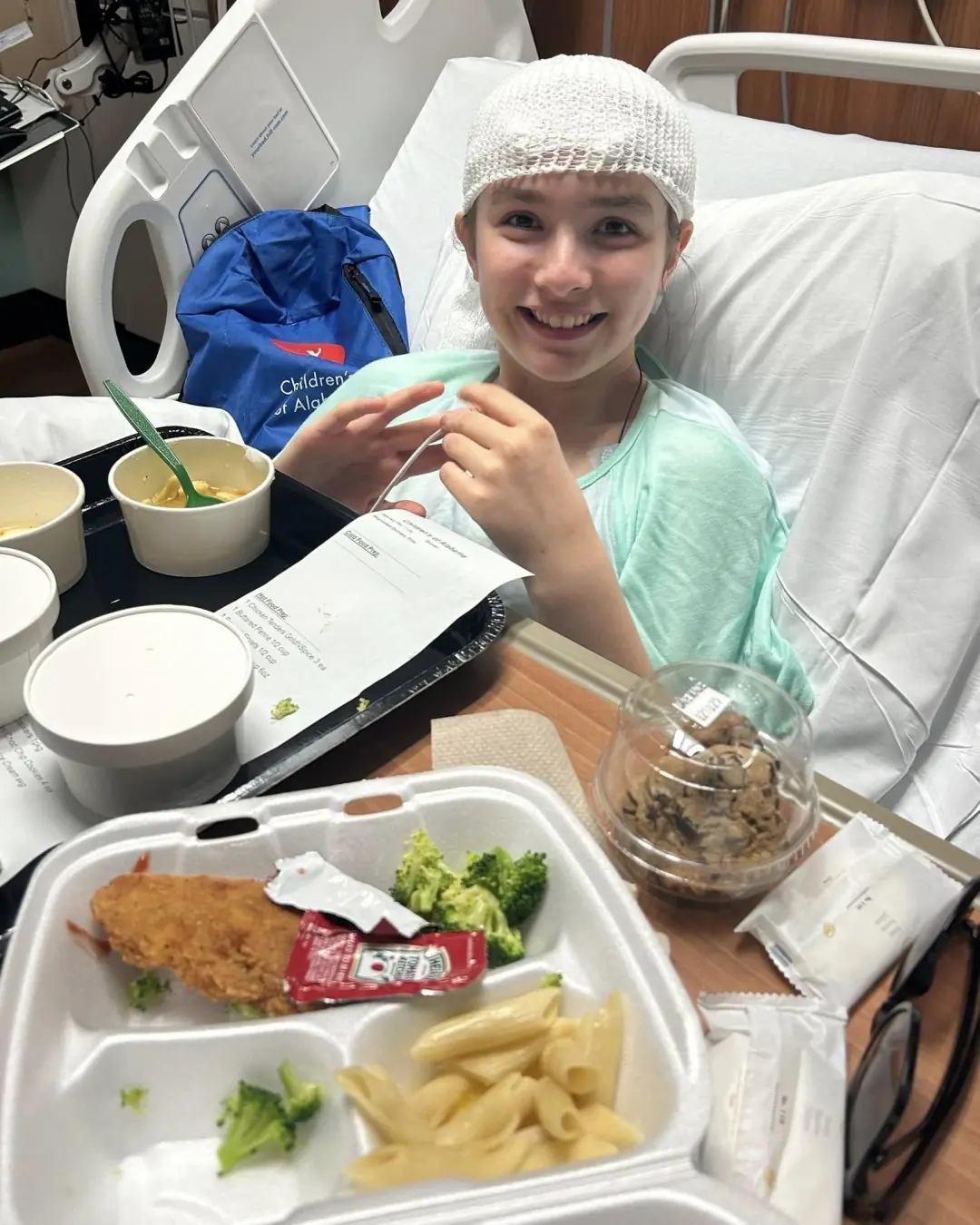
A Mother’s Prayer: Liza Scott’s Ongoing Fight for Answers

How Your Sleep Position Reveals If You’re Lazy

7 Clever DIY Uses for Used Teabags That Will Make You Think Twice Before Tossing Them
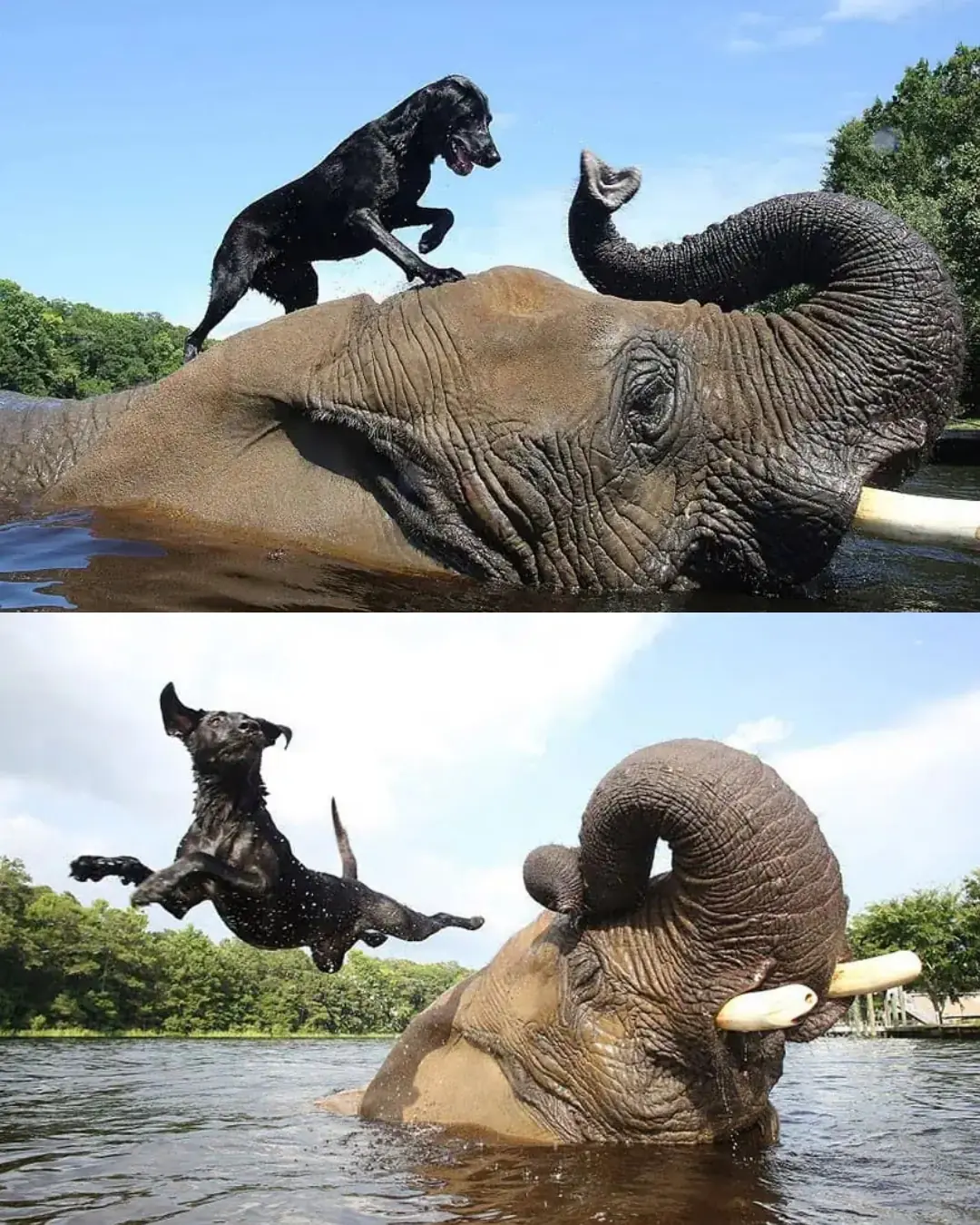
When an Elephant Found a Friend: The Story of Nelly and Rocky.
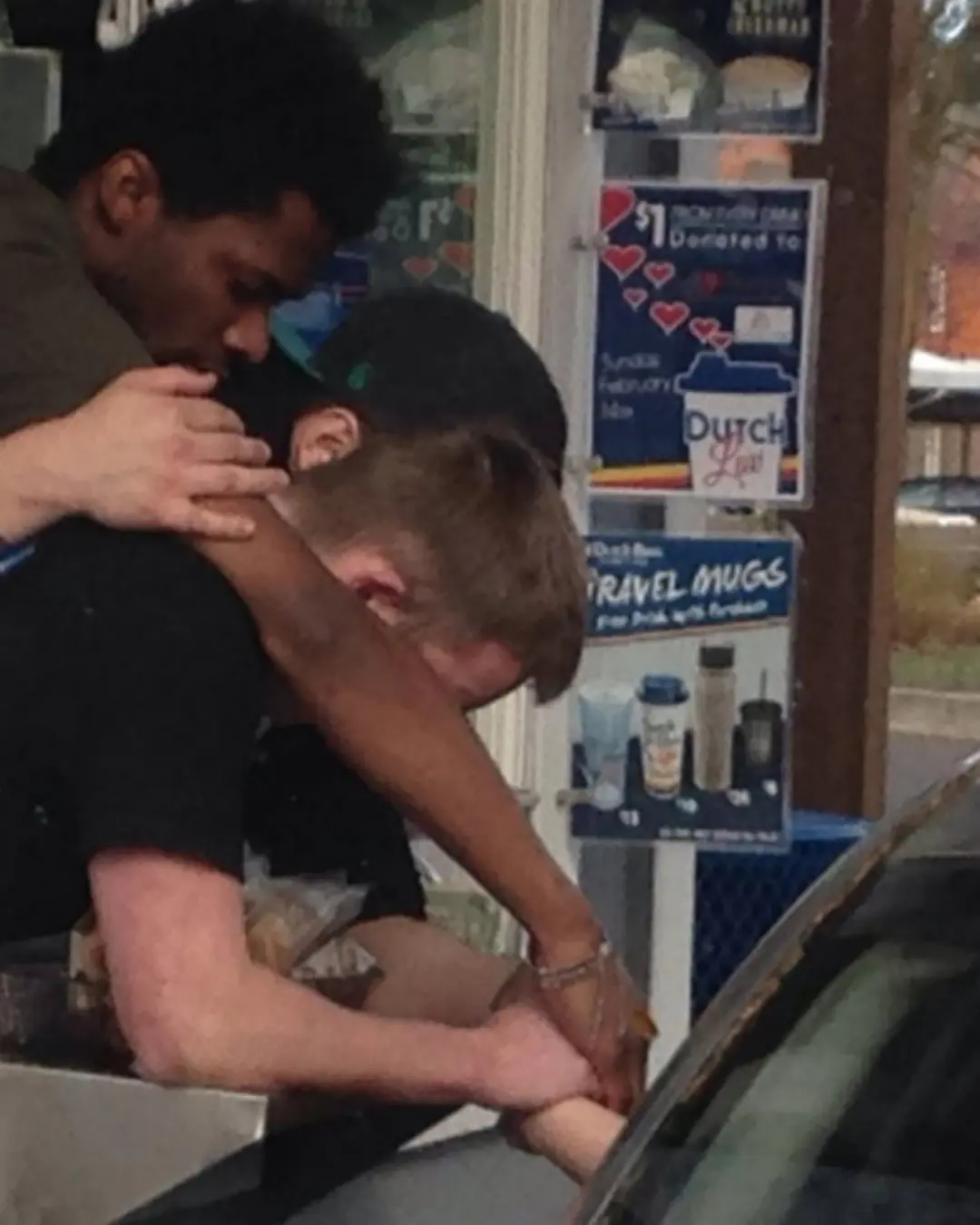
The Day Compassion Was Served Through a Coffee Window.
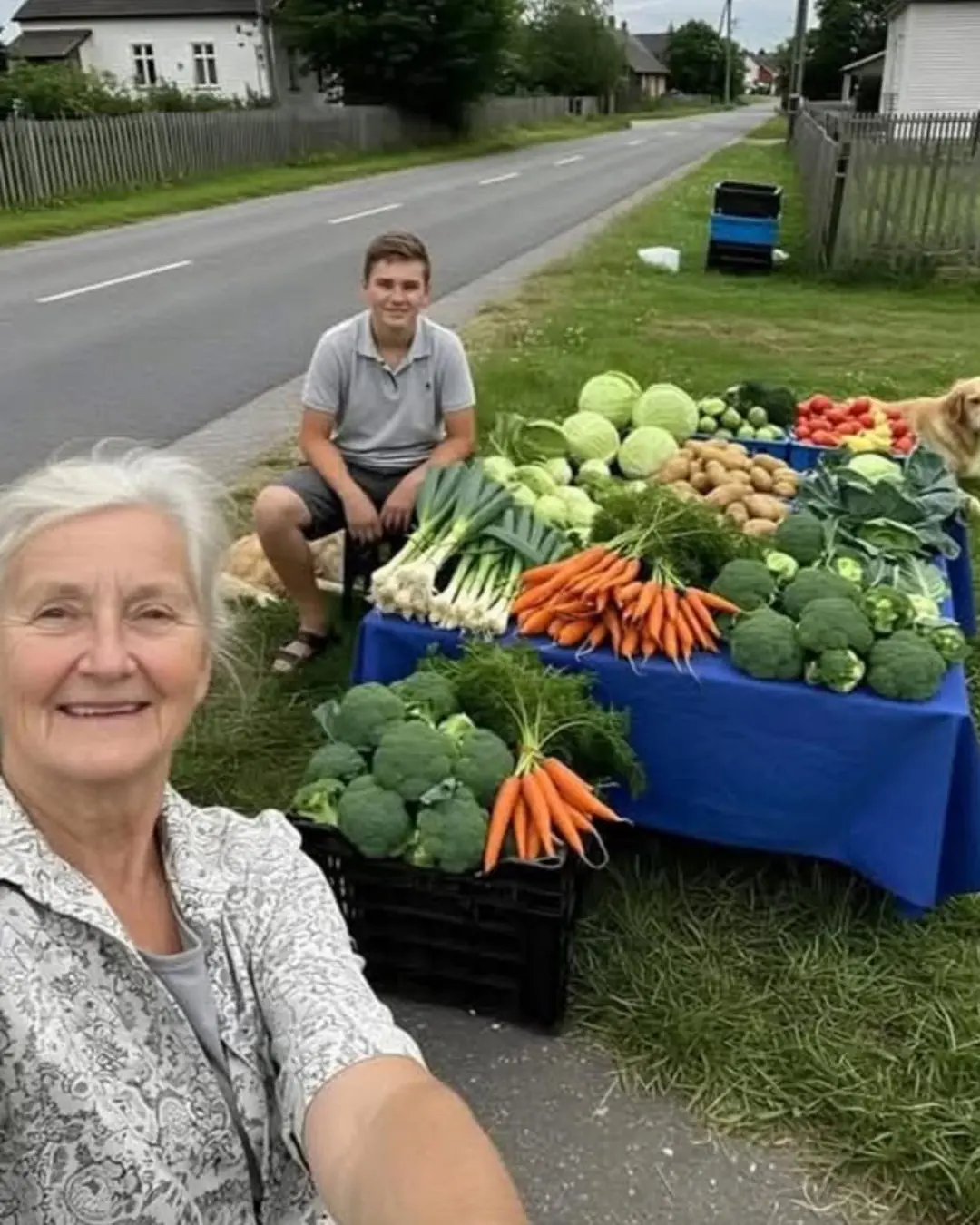
From Darkness to Growth — How a Garden Saved a Grandson’s Life.
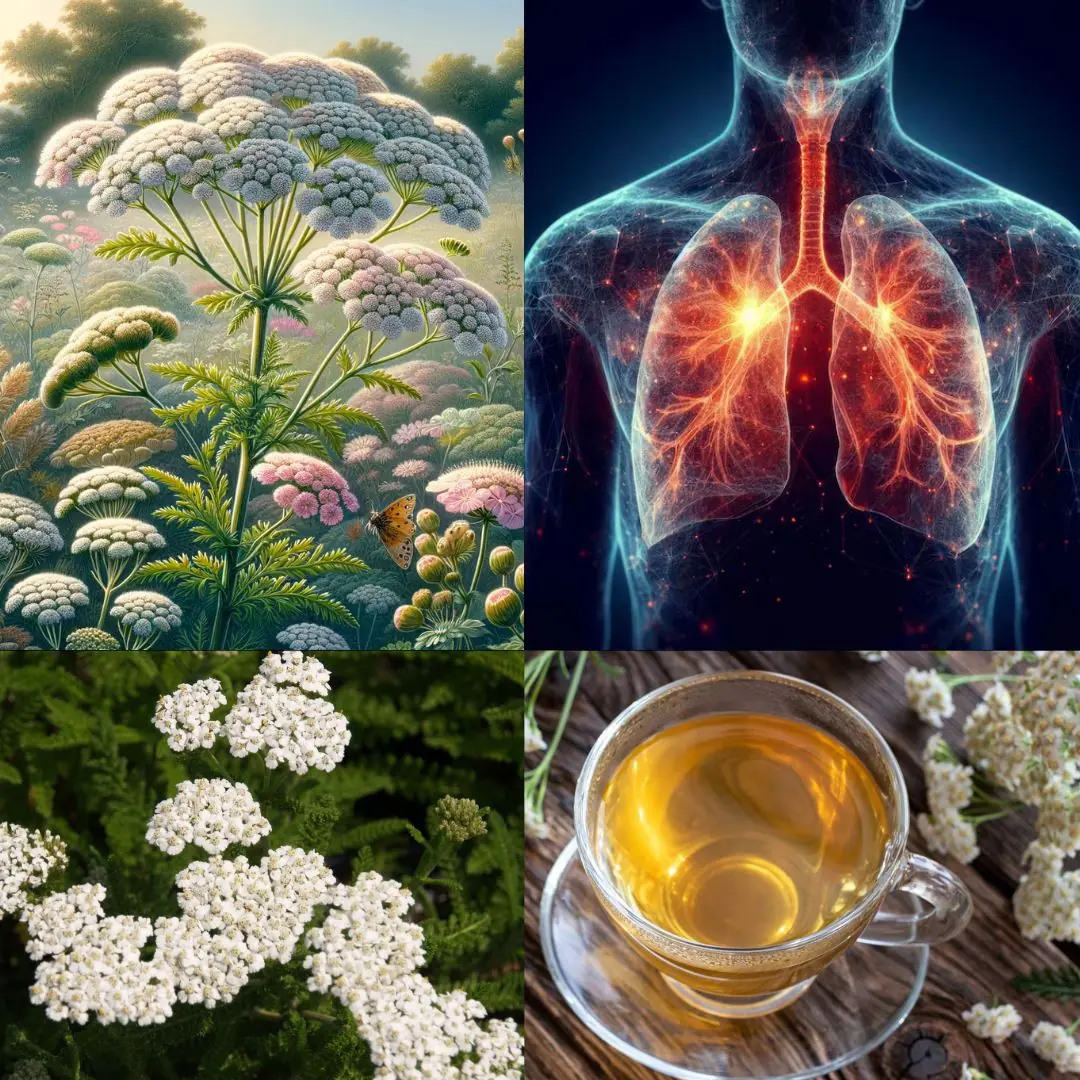
Yarroway – the herb that can save the day
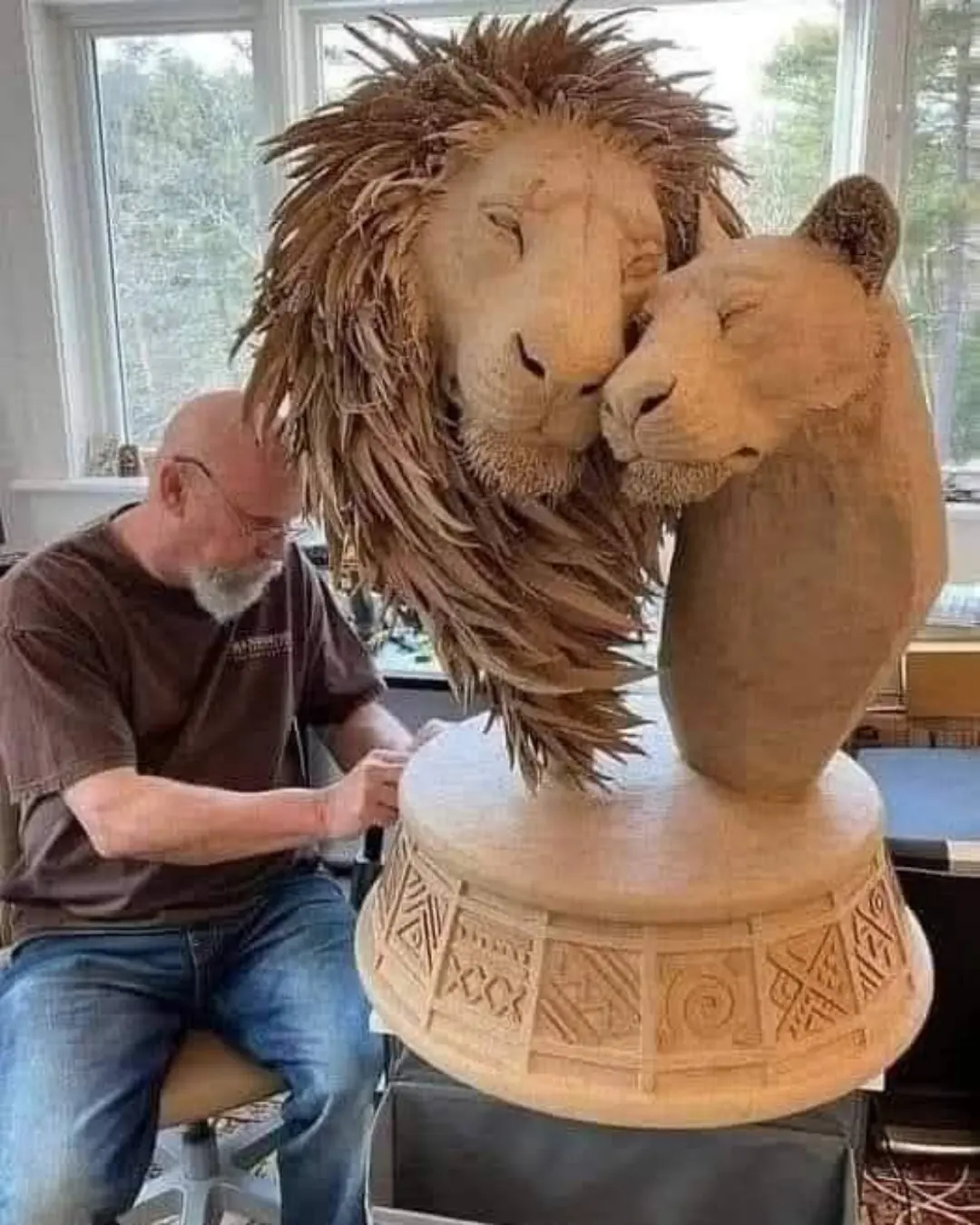
Devotion: The Lions Made of Love and Cardboard
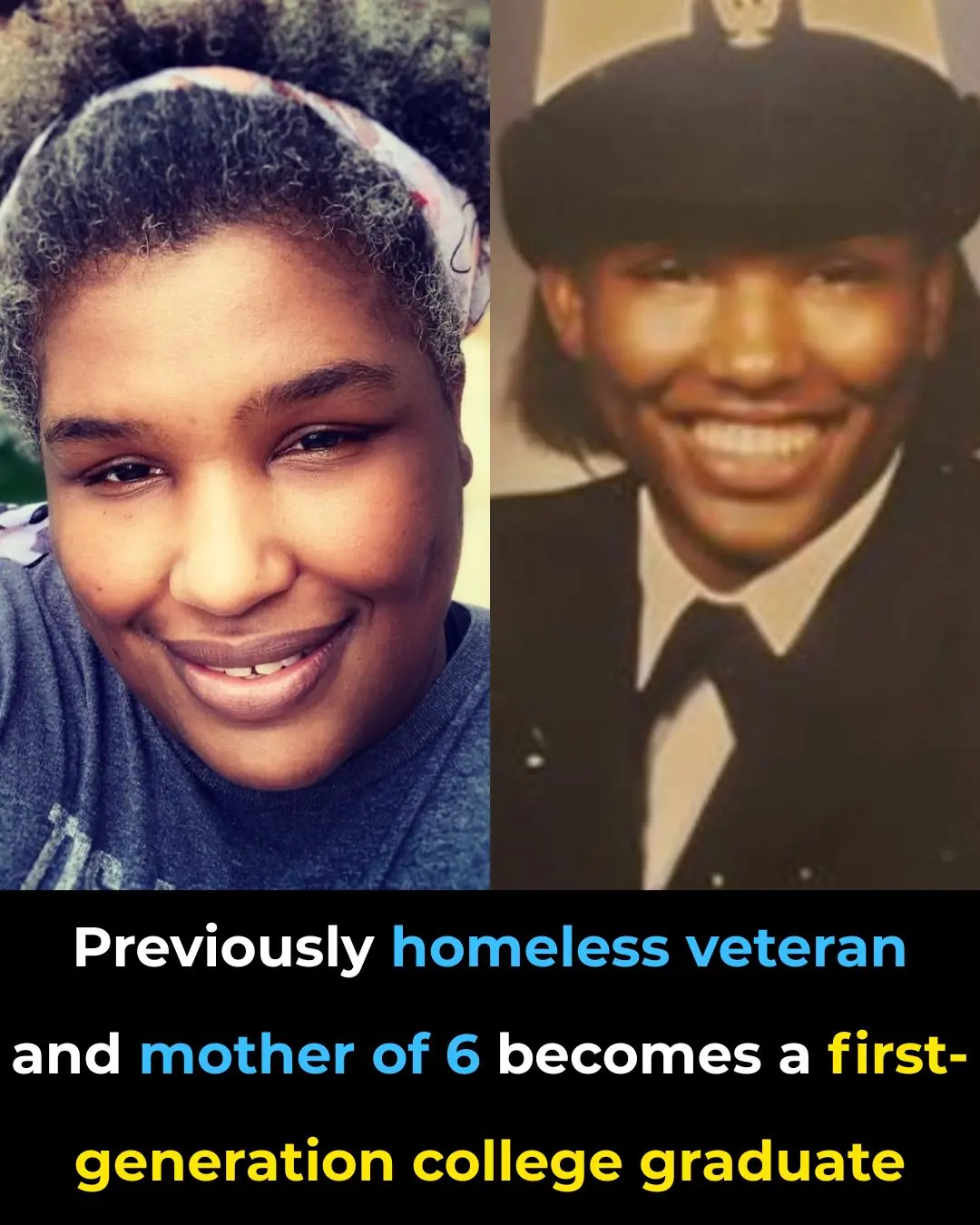
Previously Homeless Veteran and Mother of 6 Becomes A First-Generation College Graduate
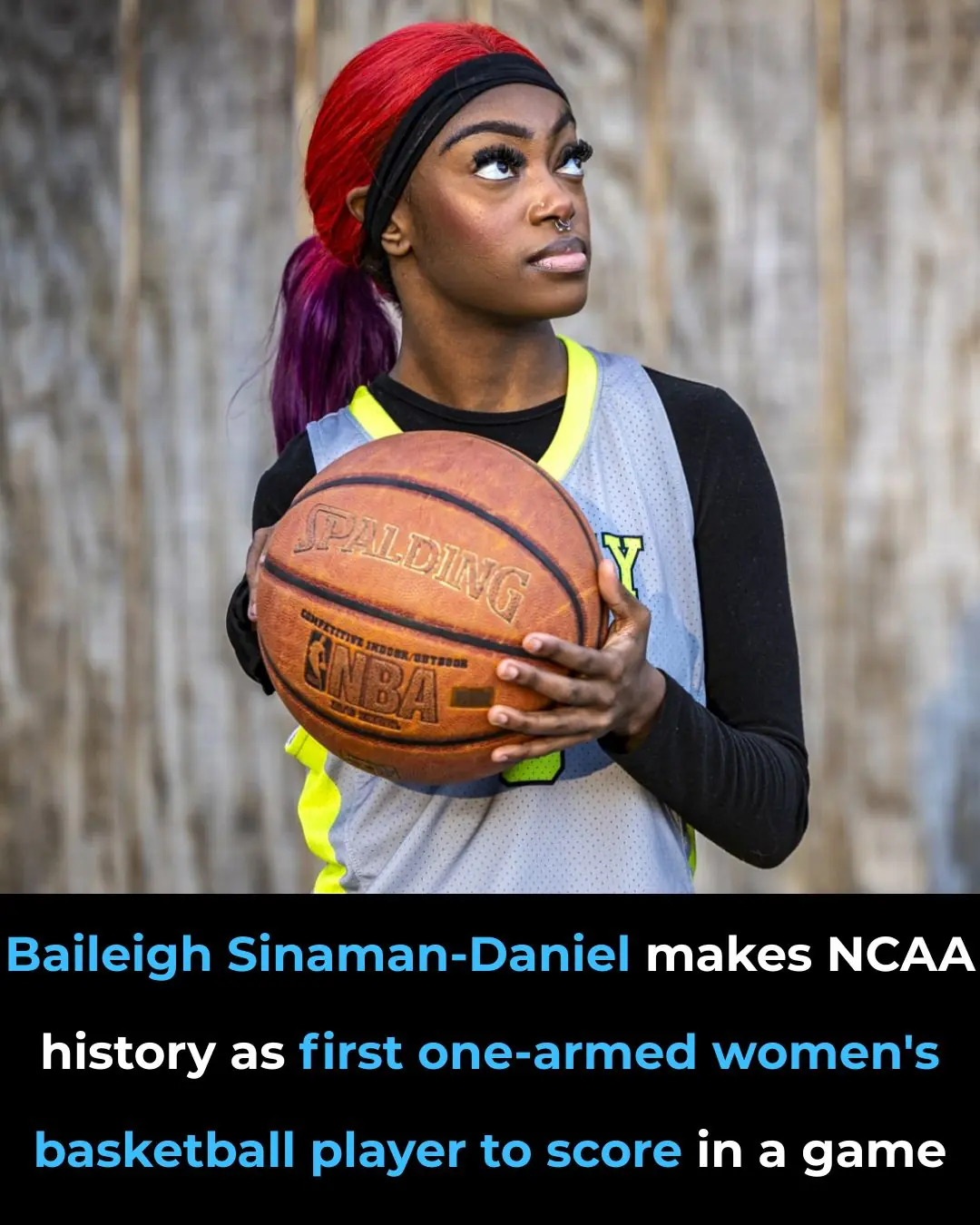
Baileigh Sinaman-Daniel Makes NCAA History as First One-Armed Women’s Basketball Player to Score in a Game
